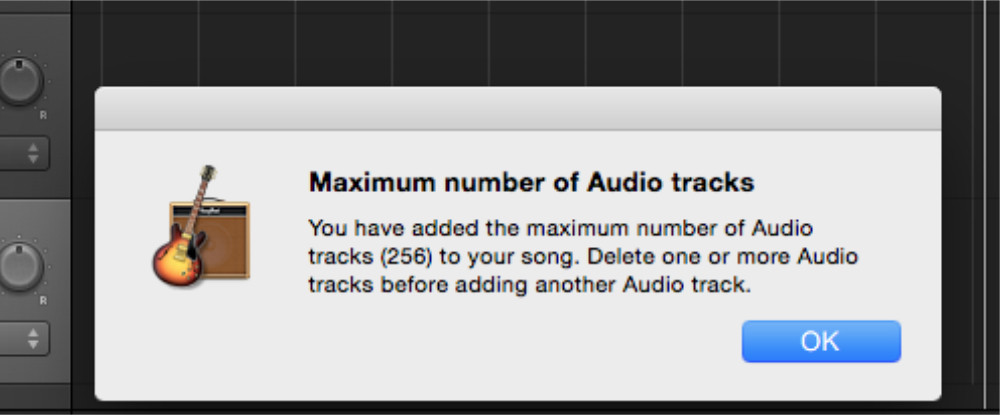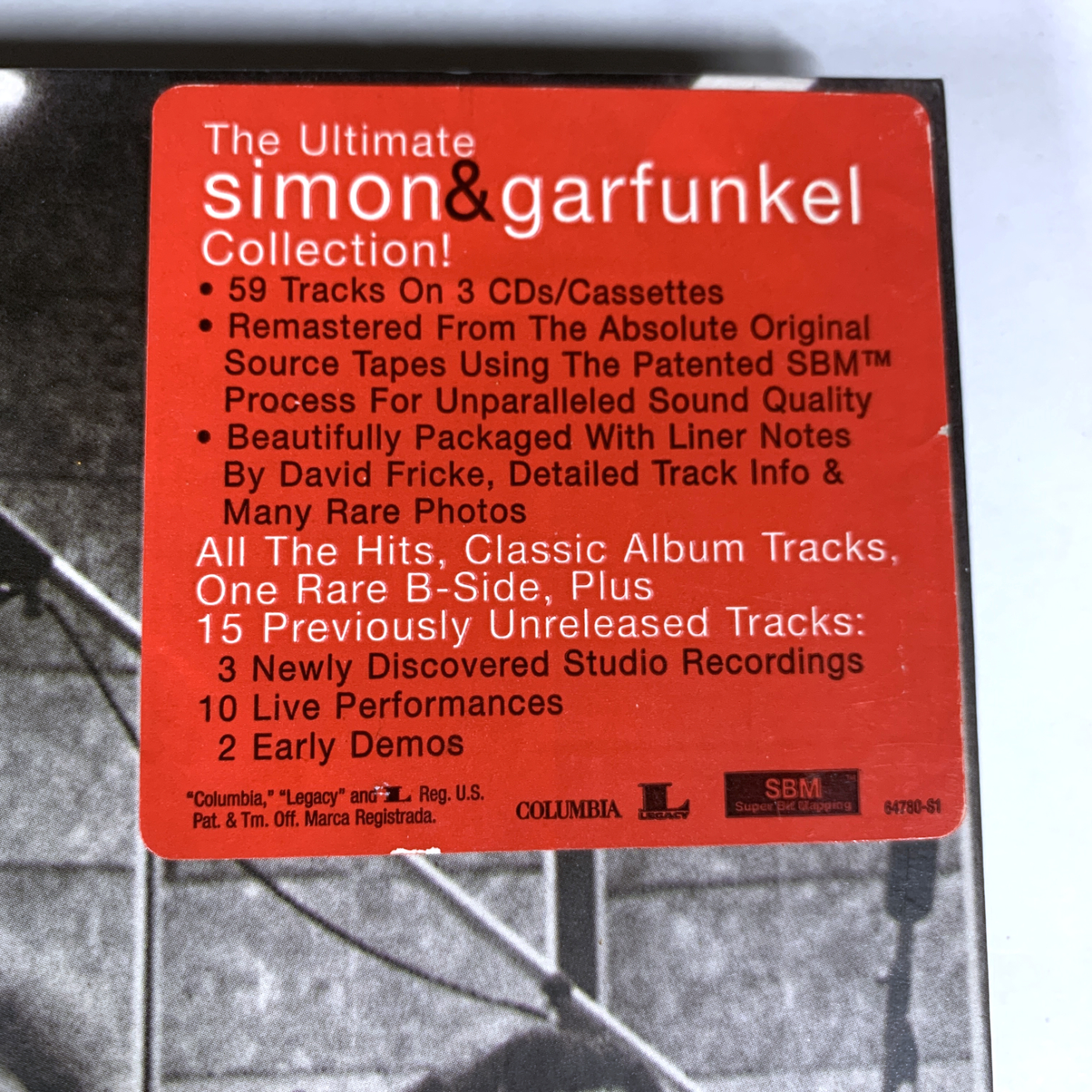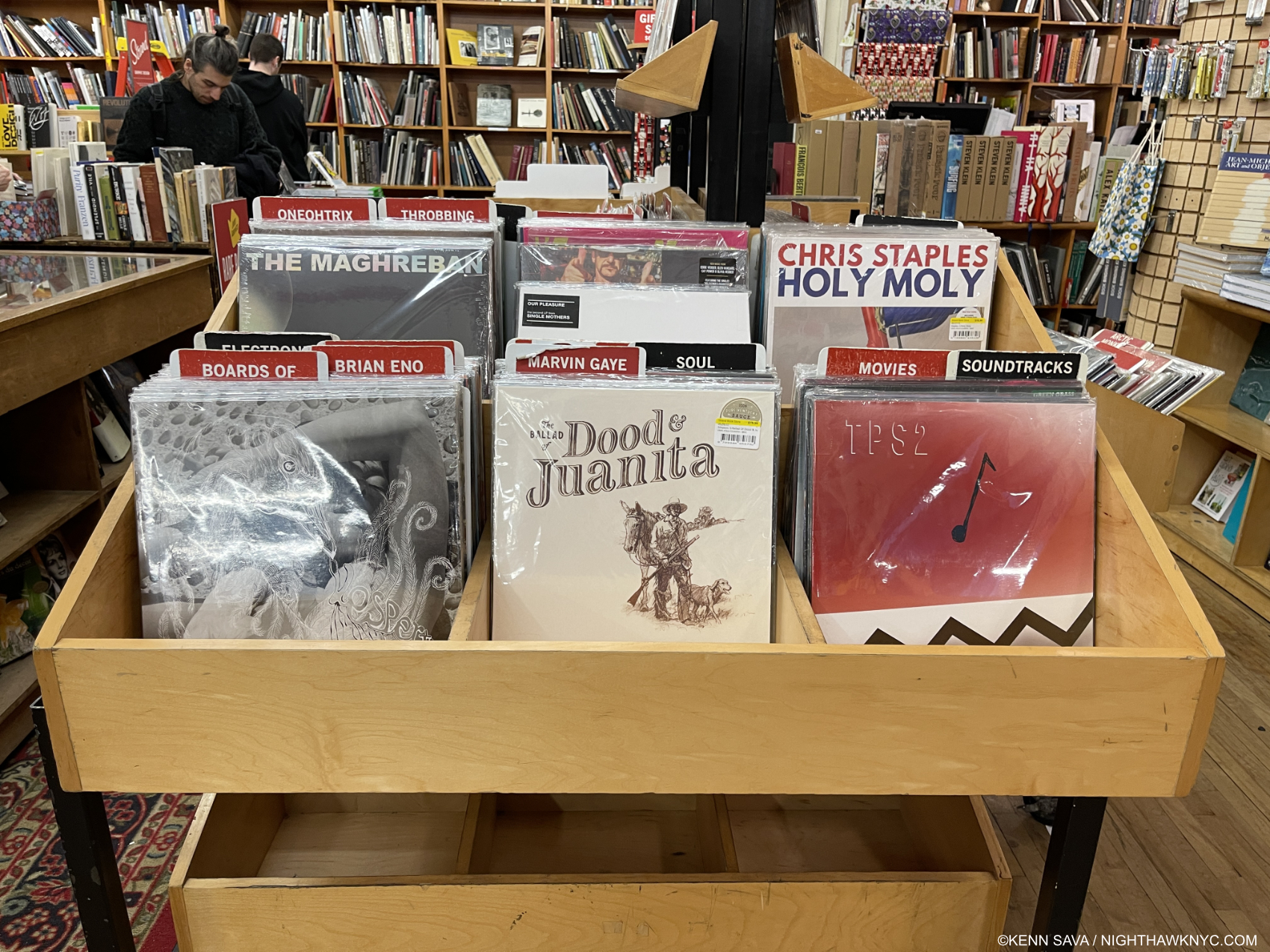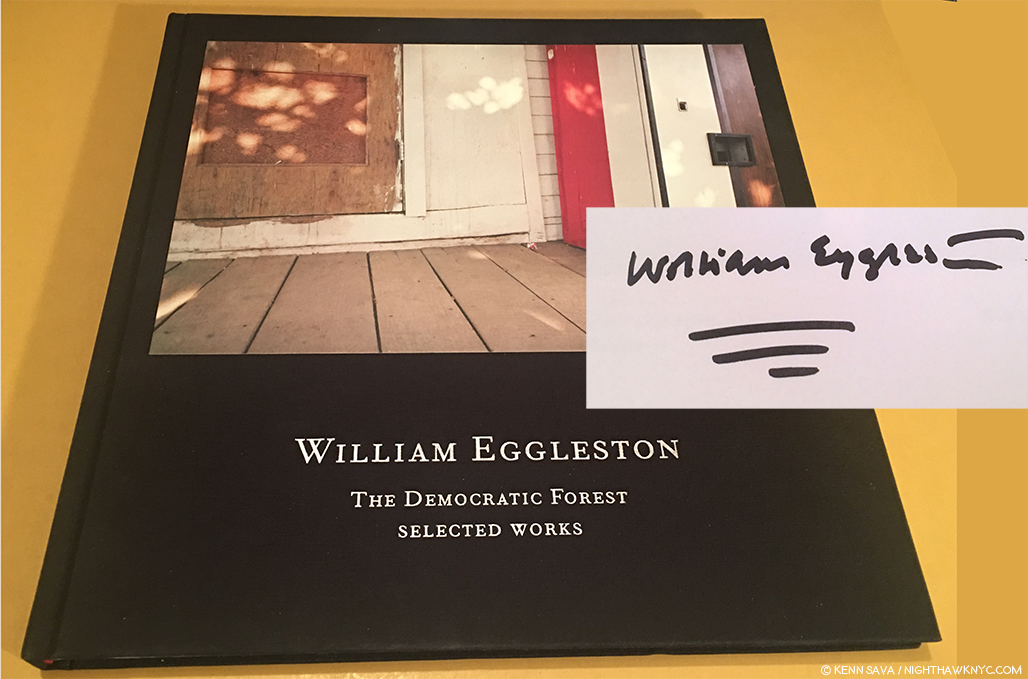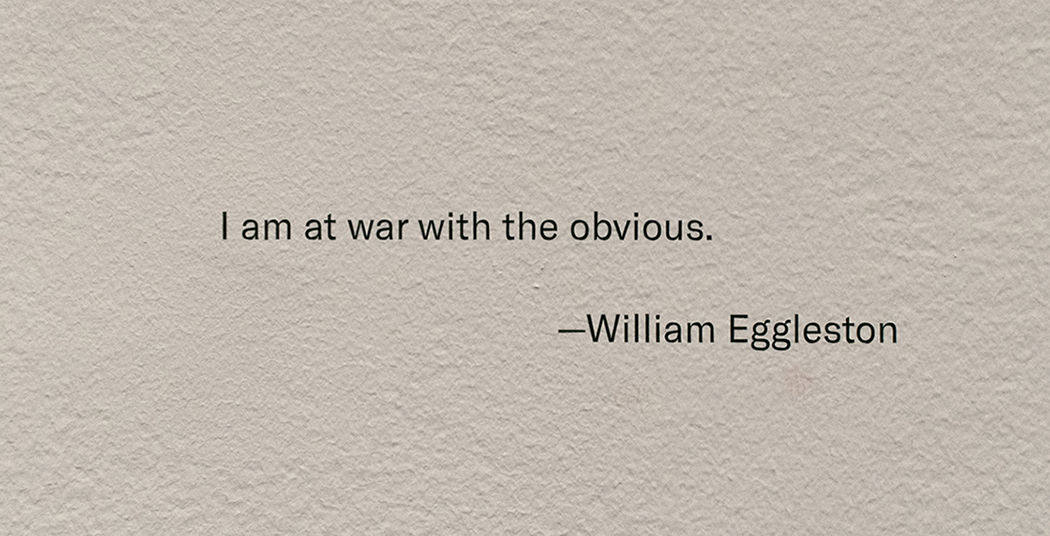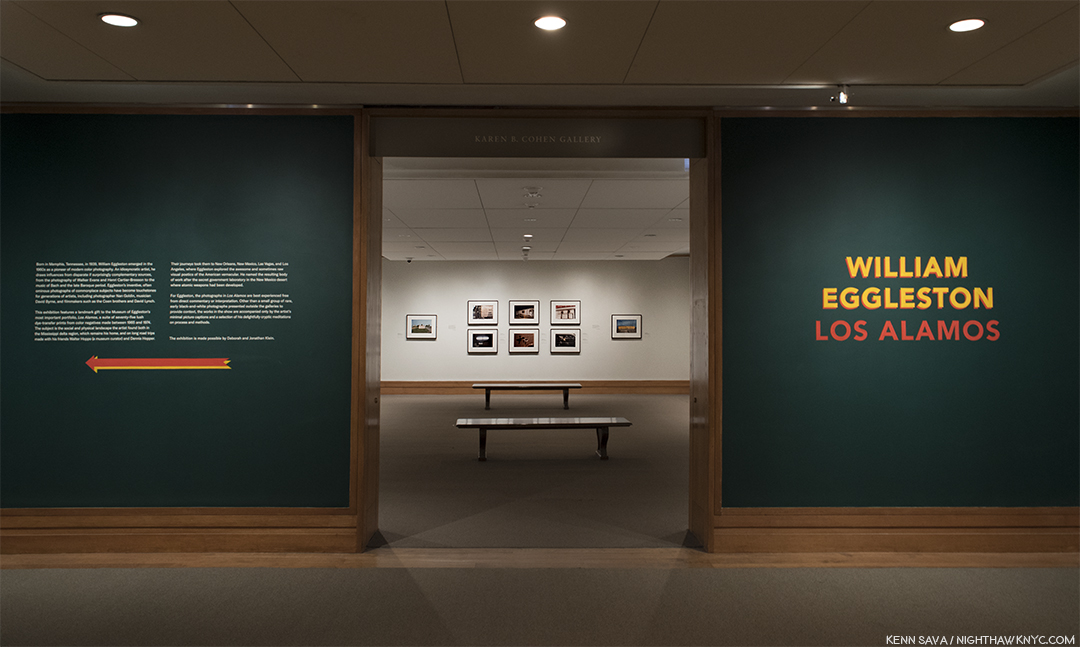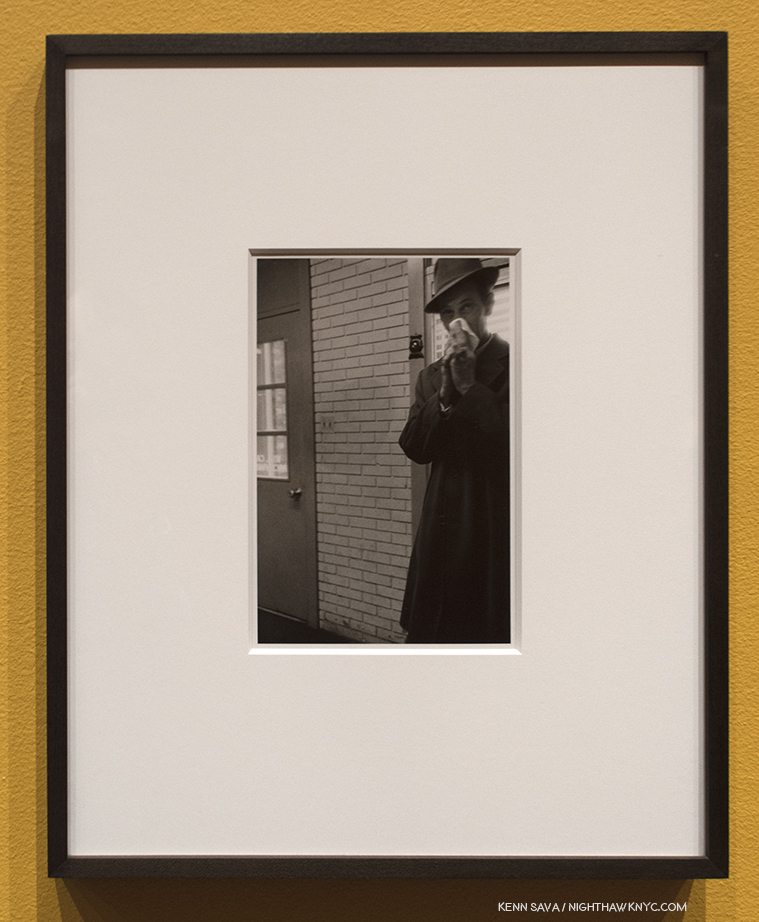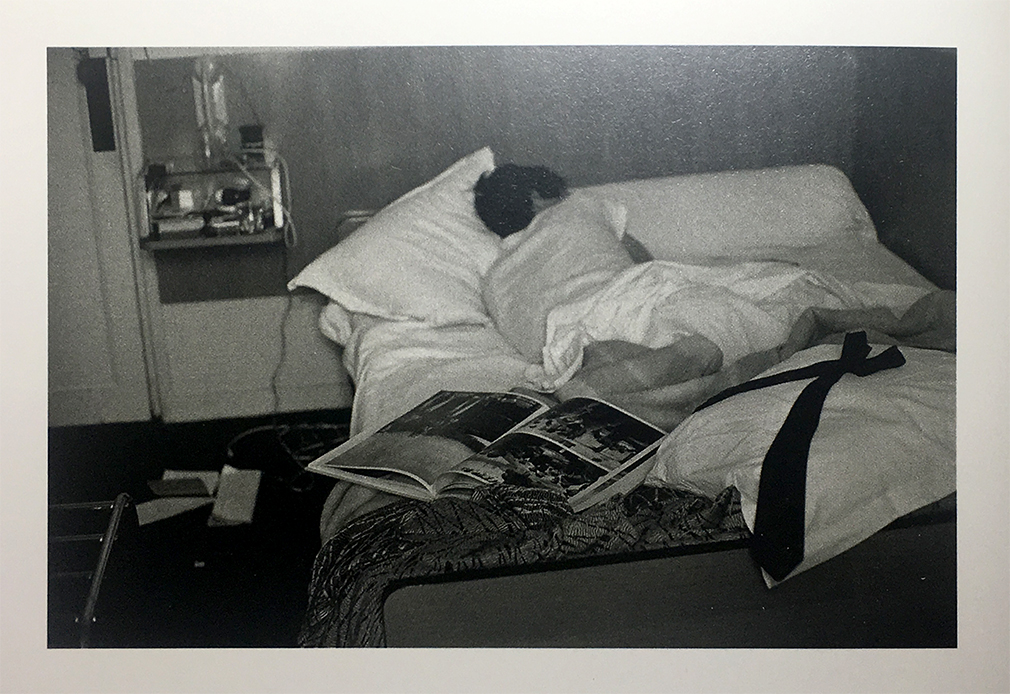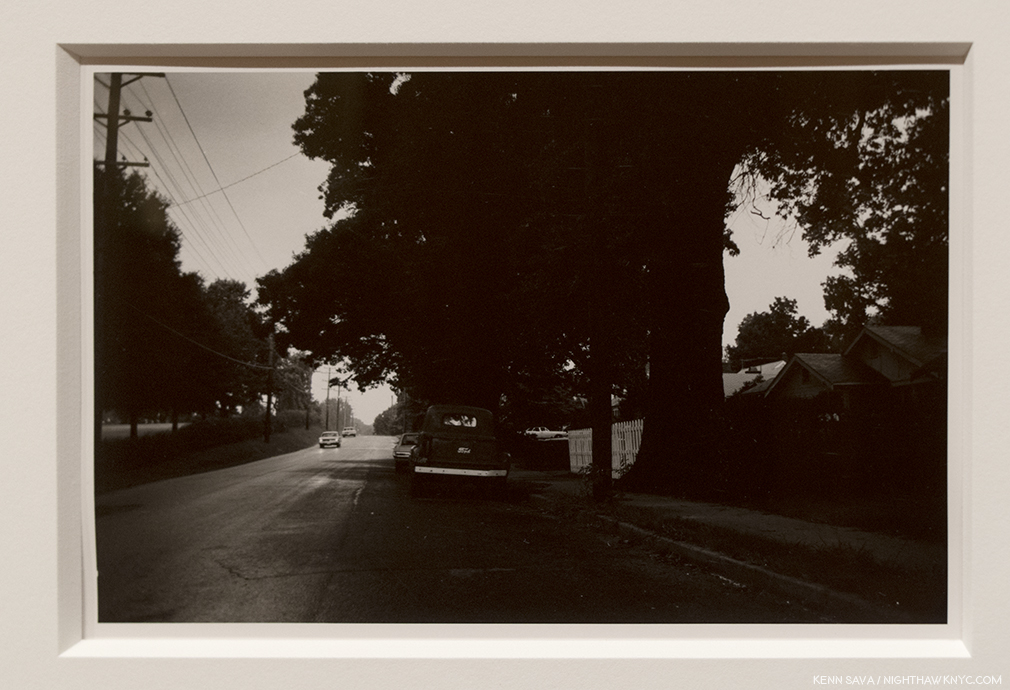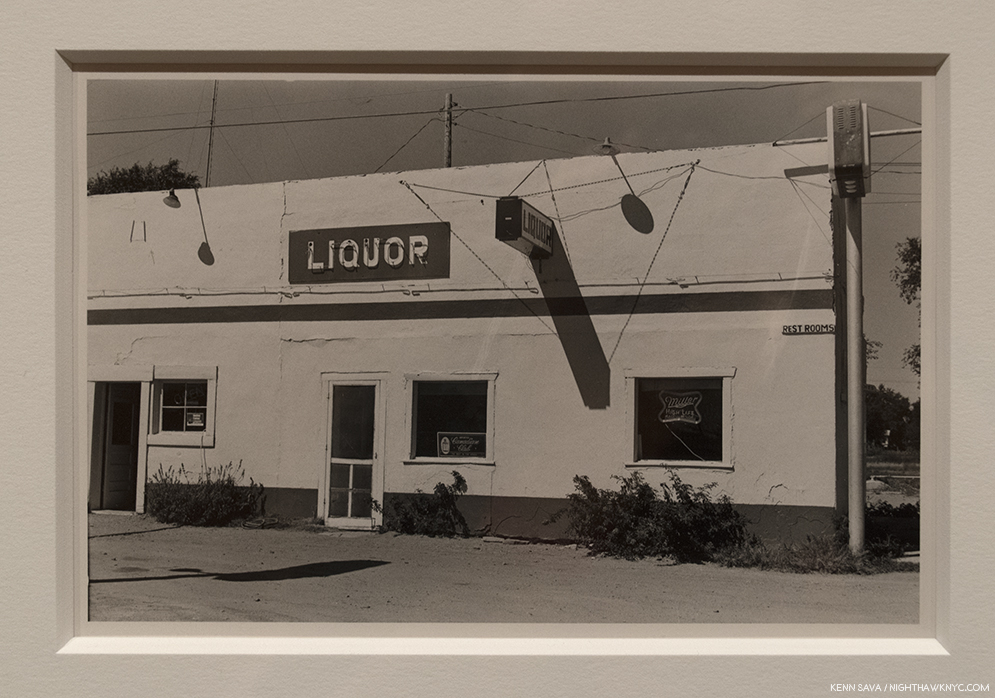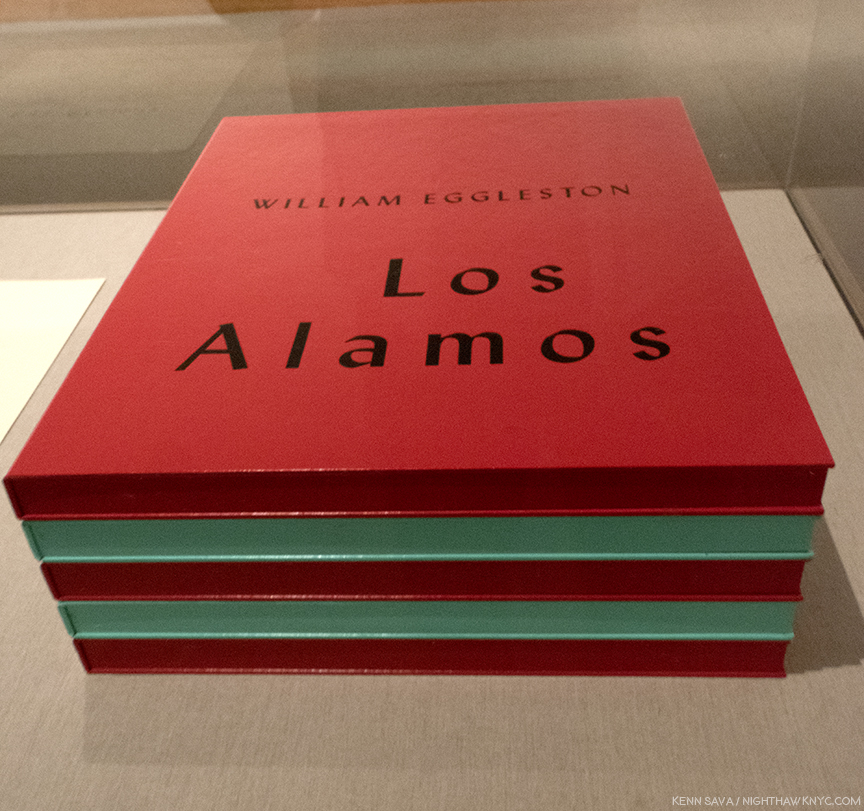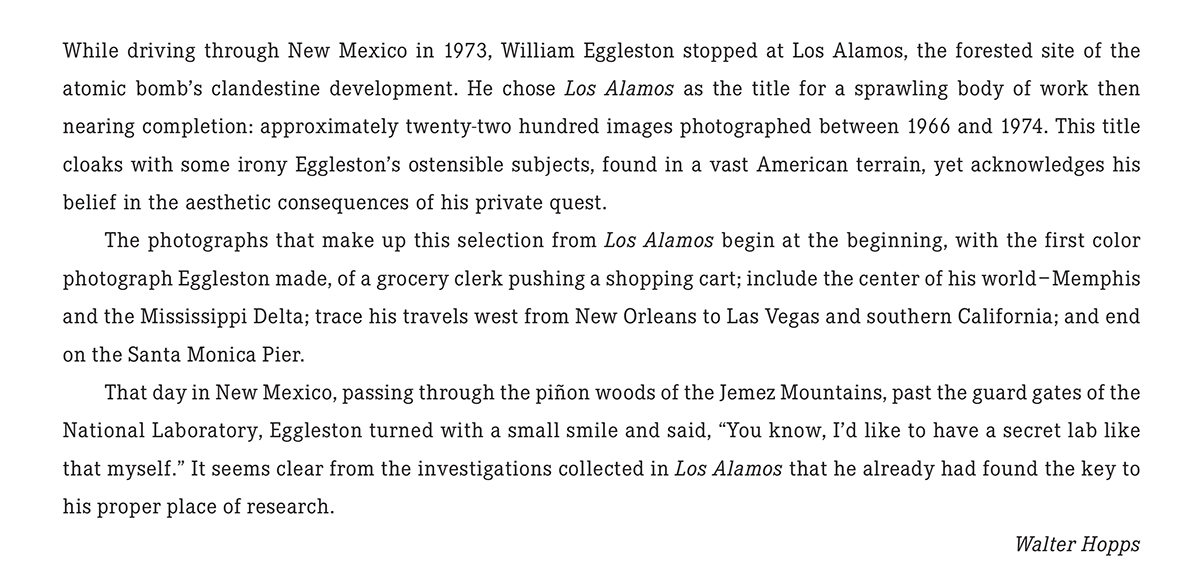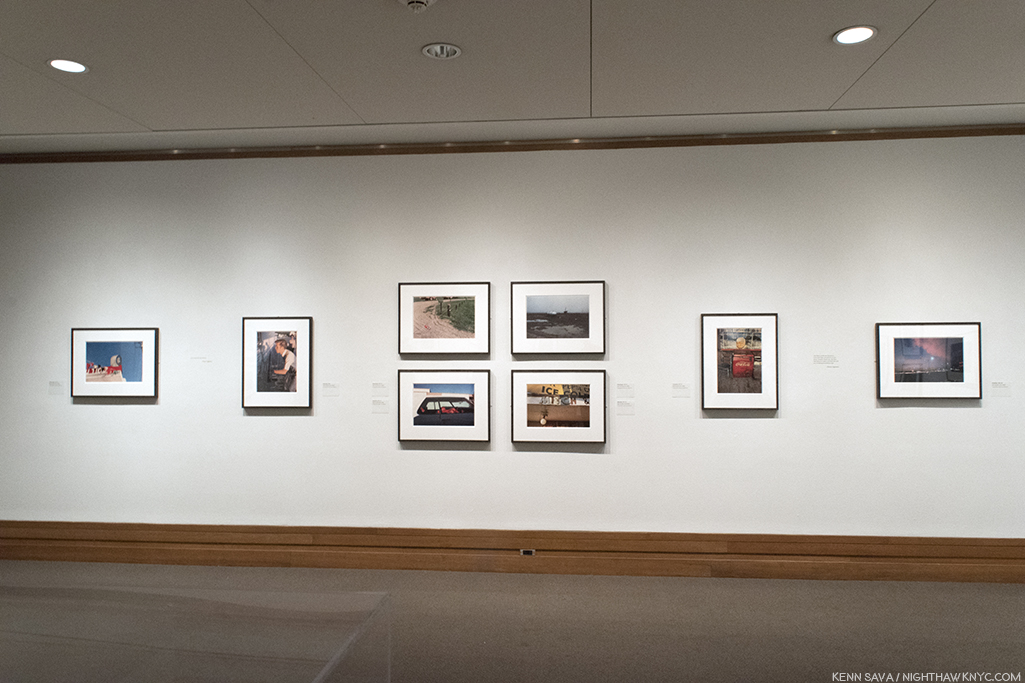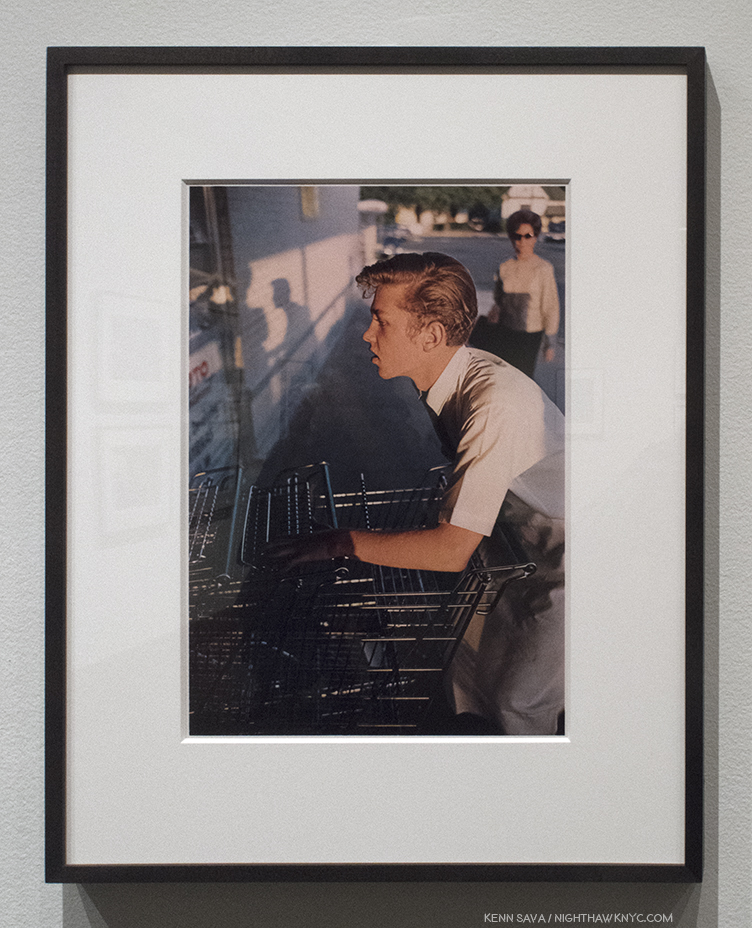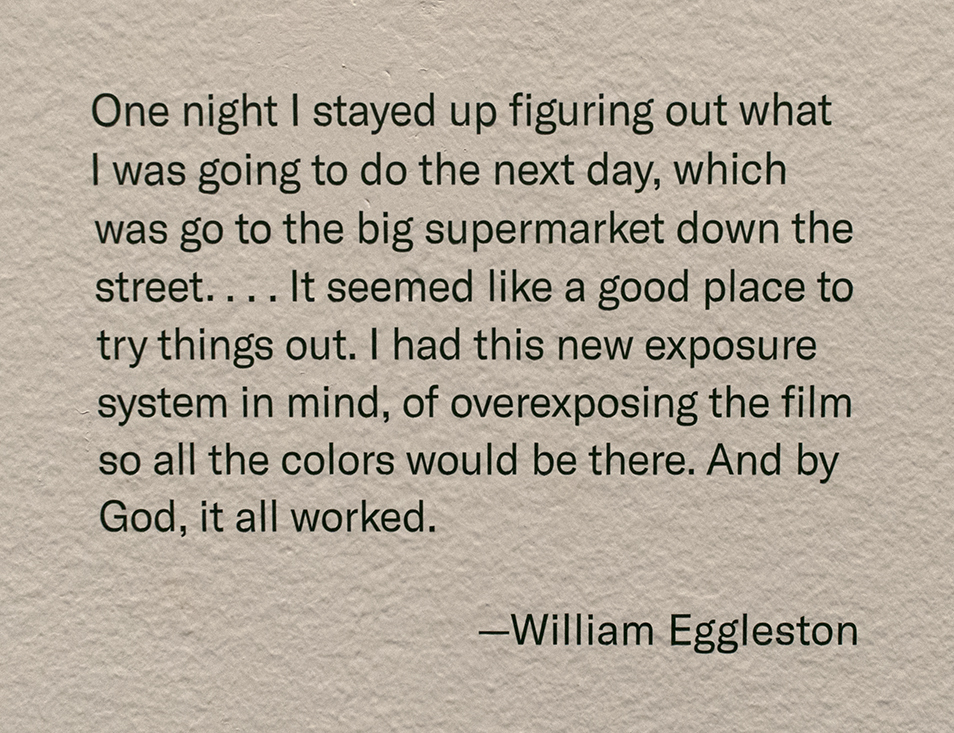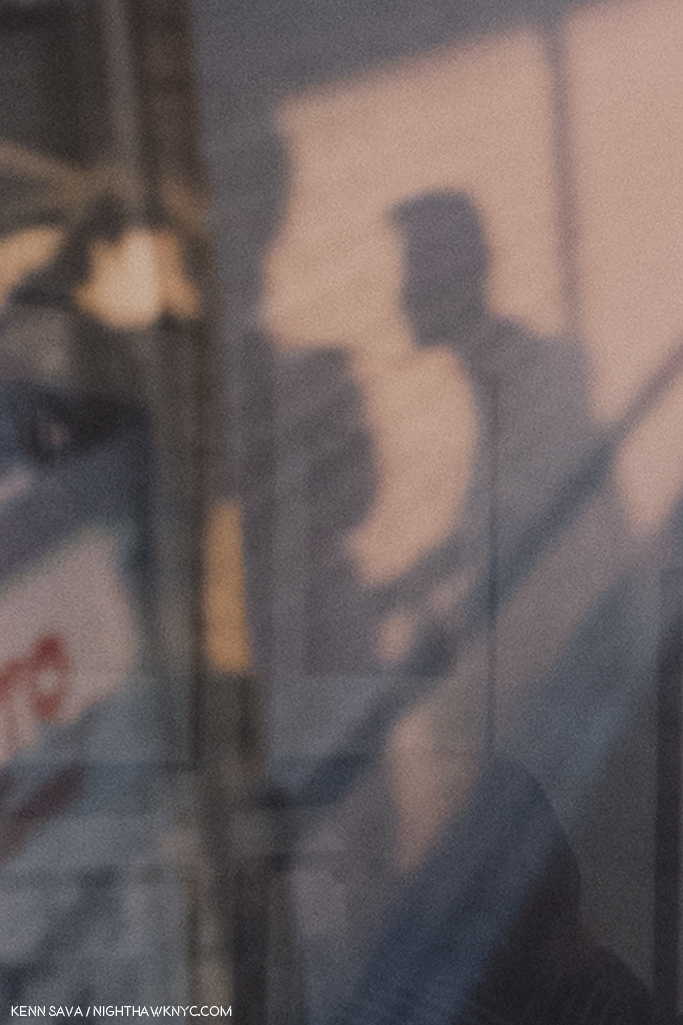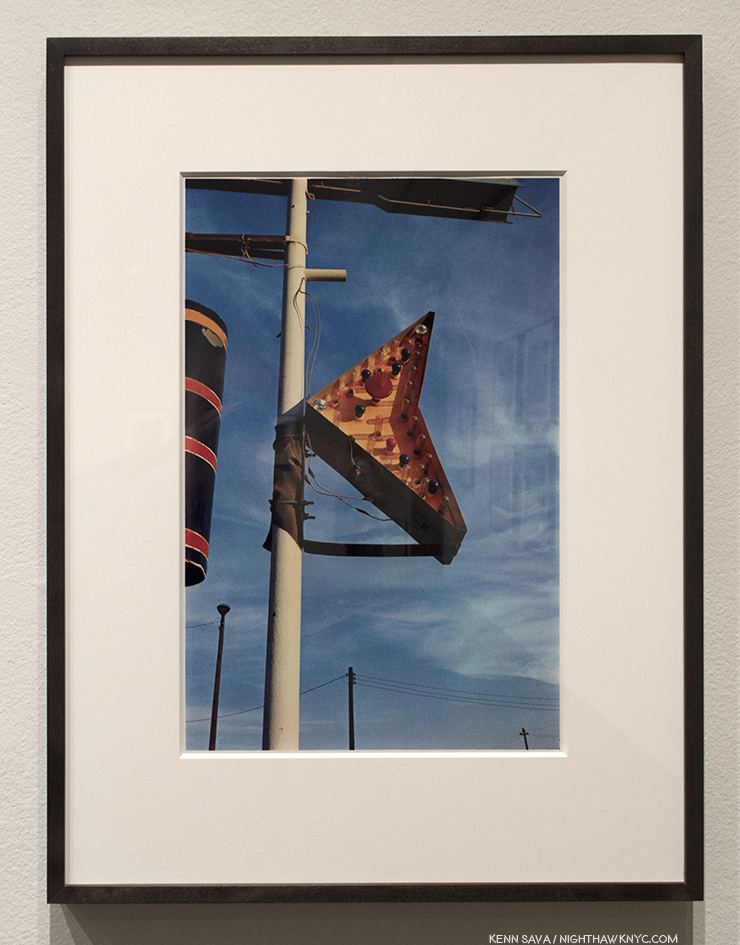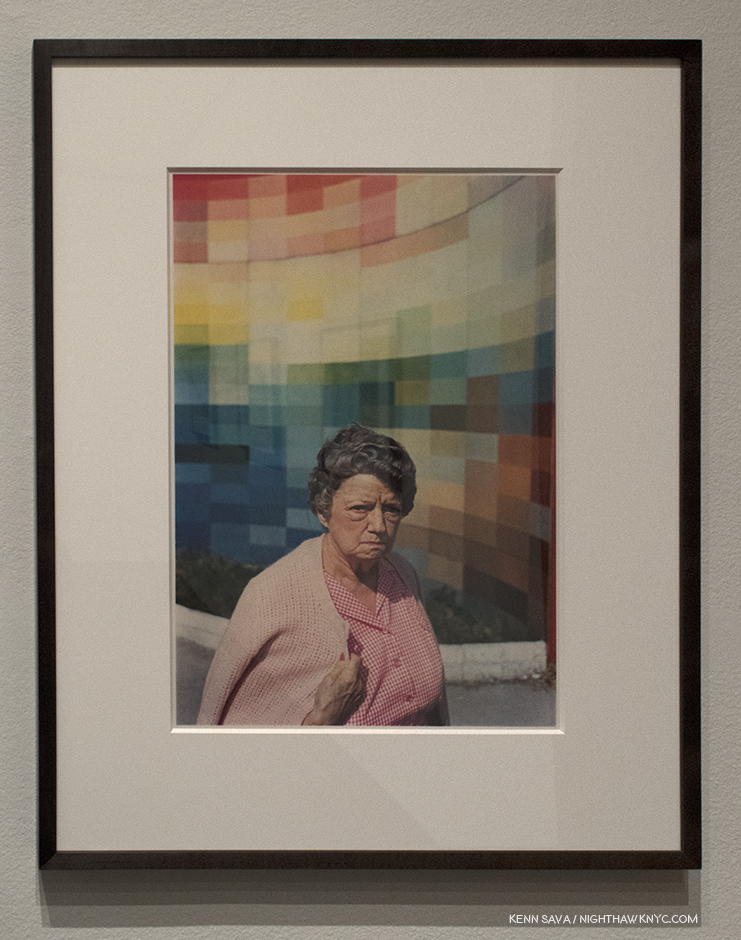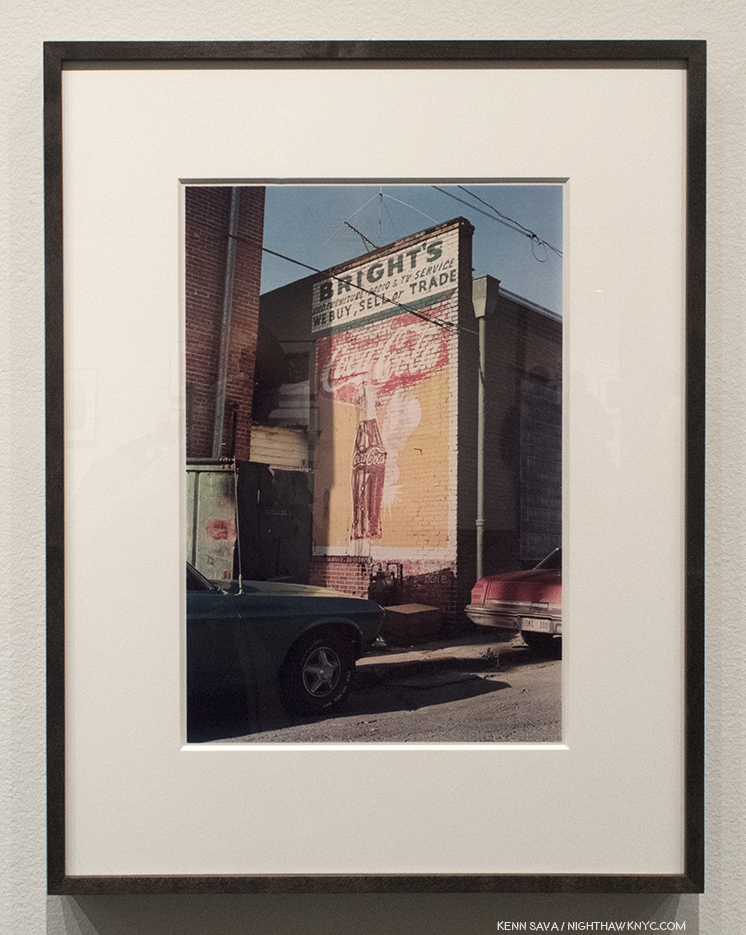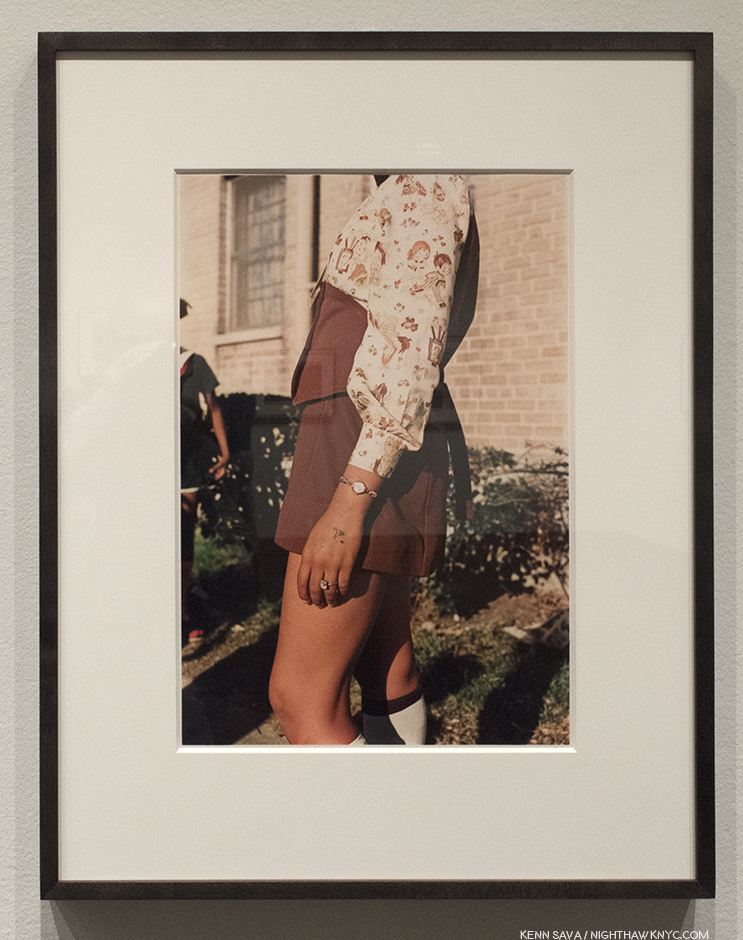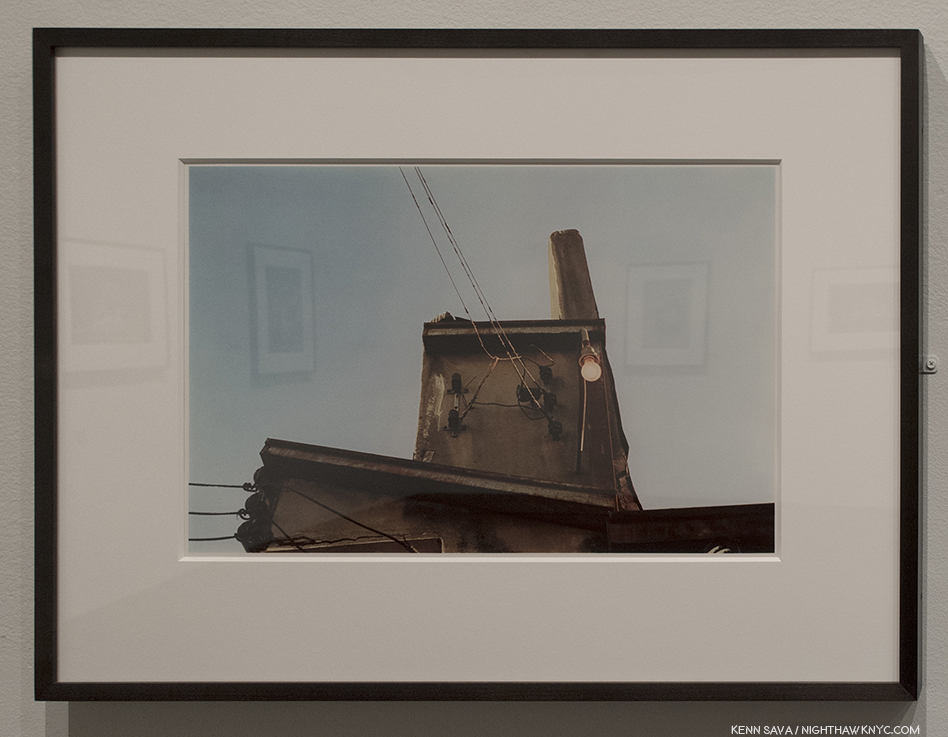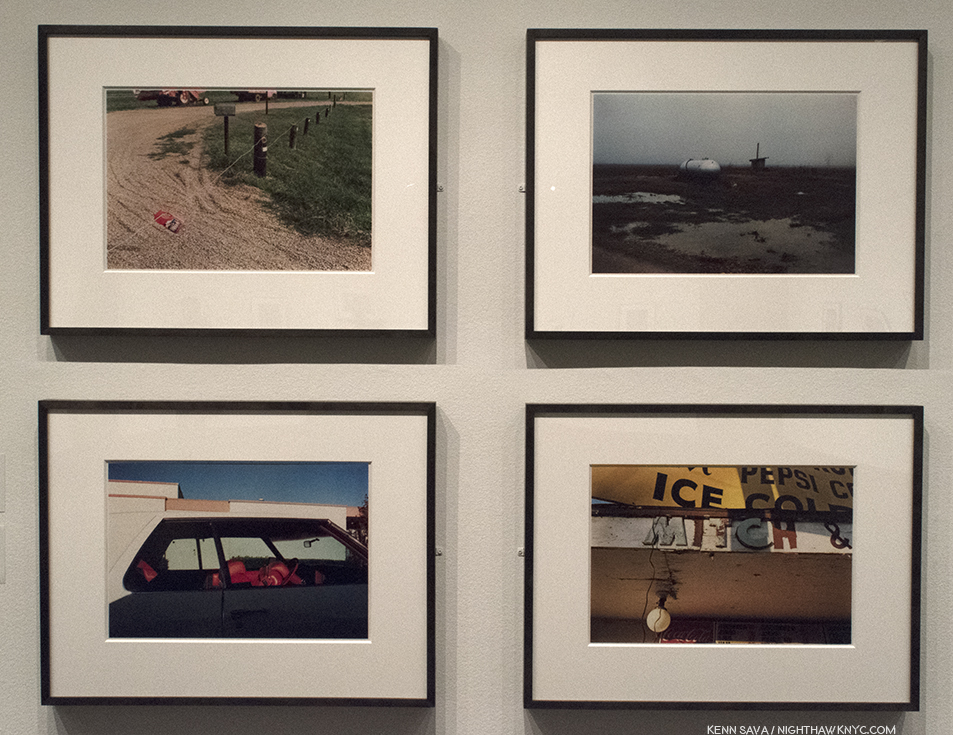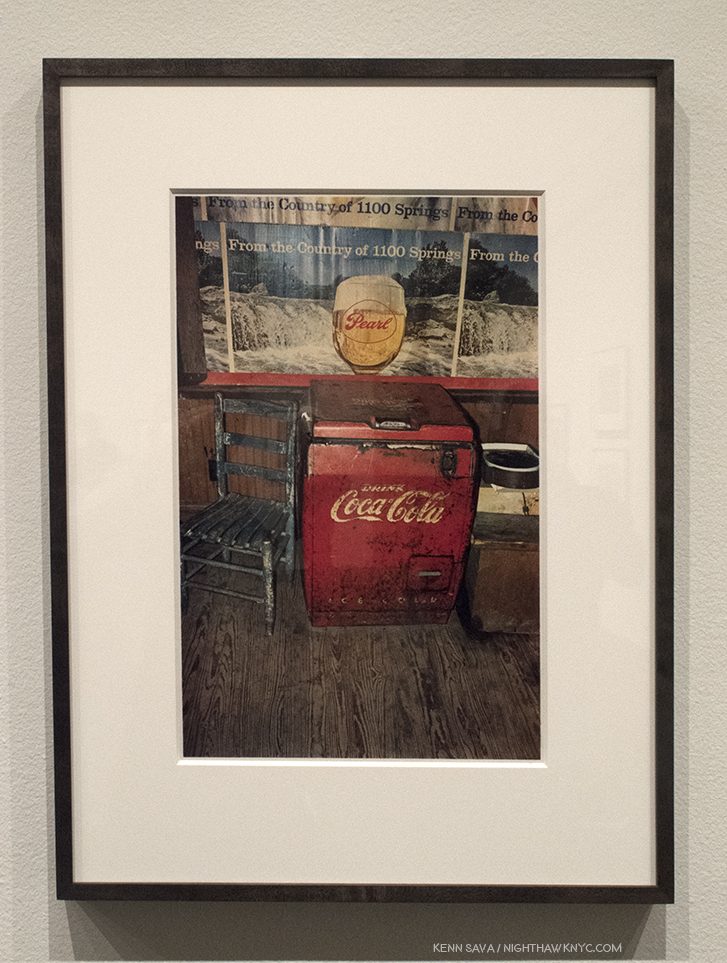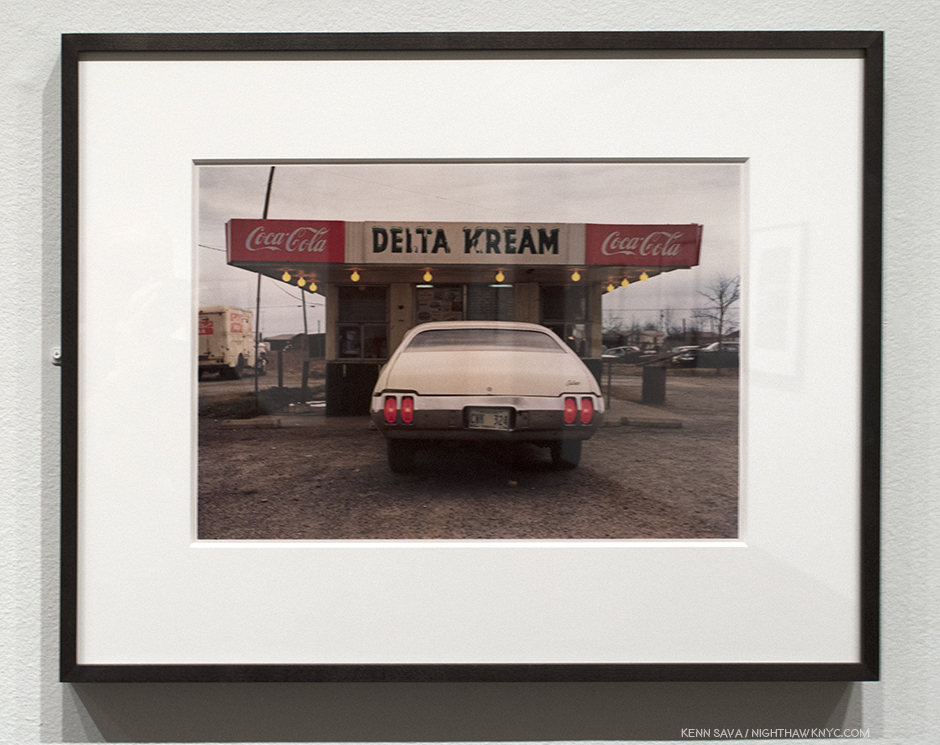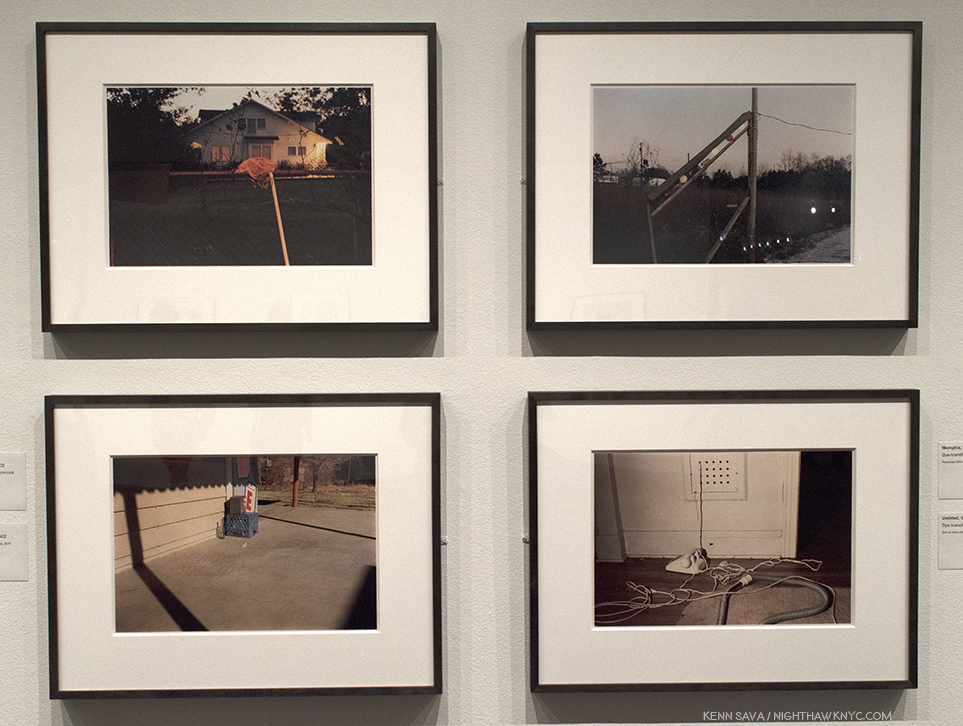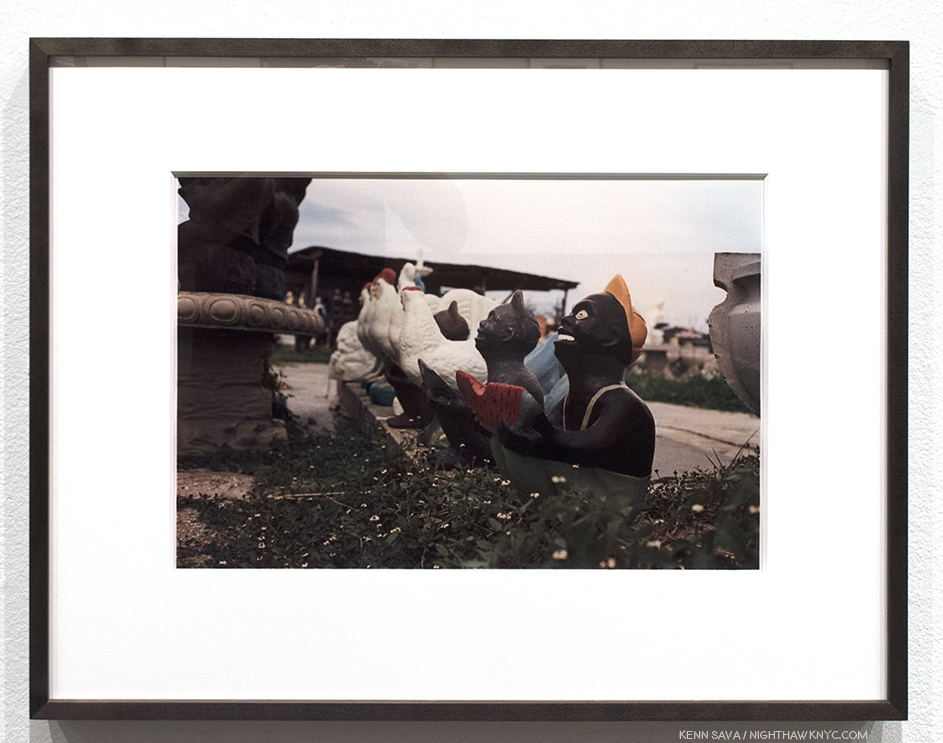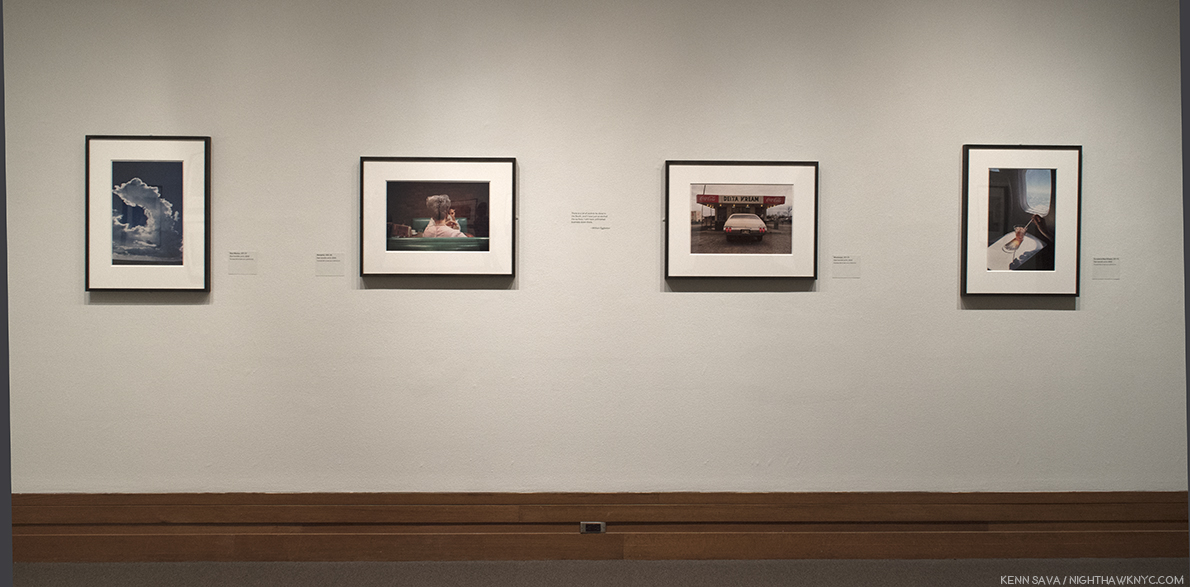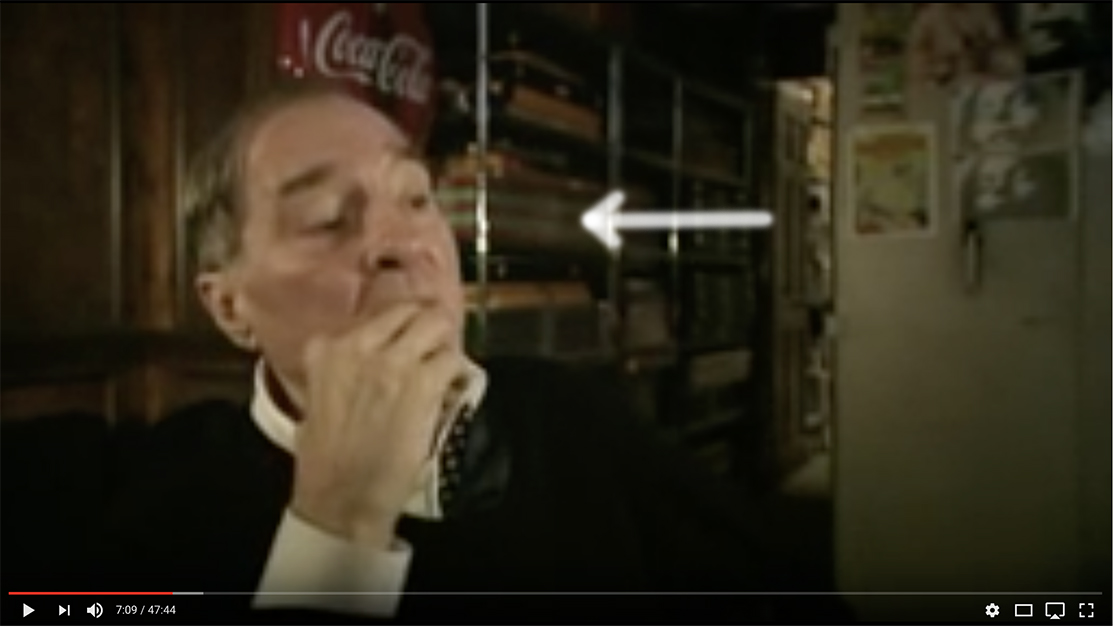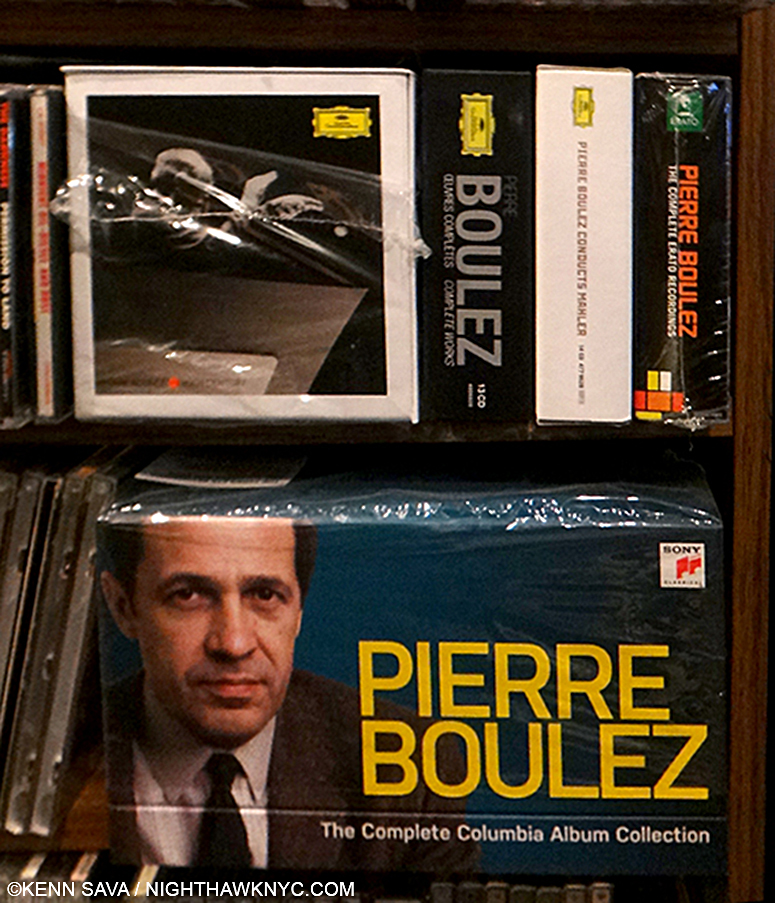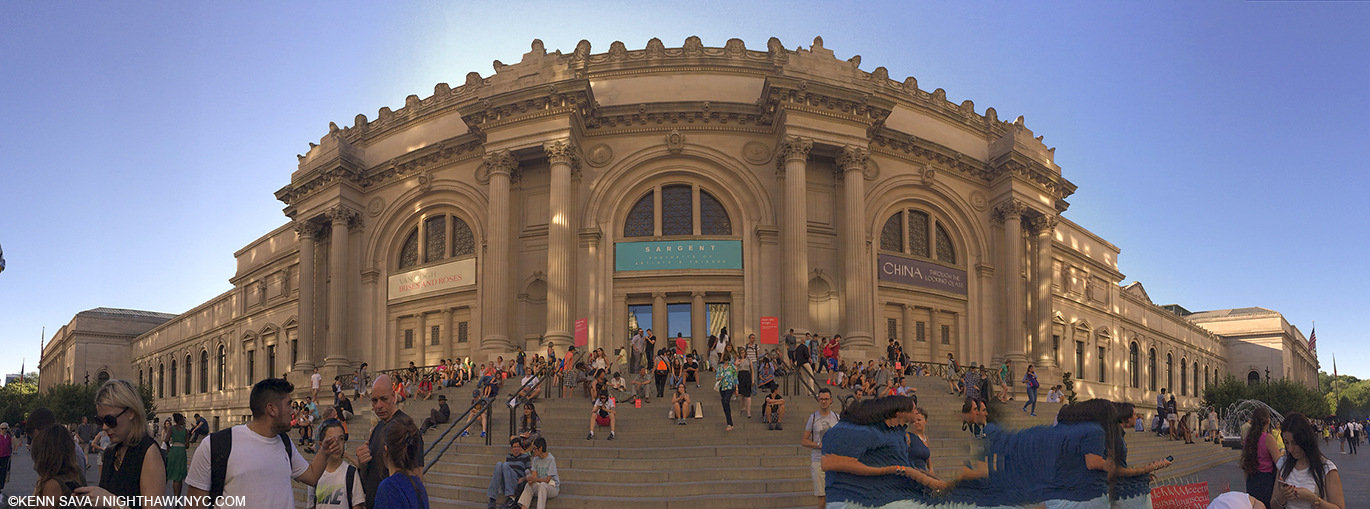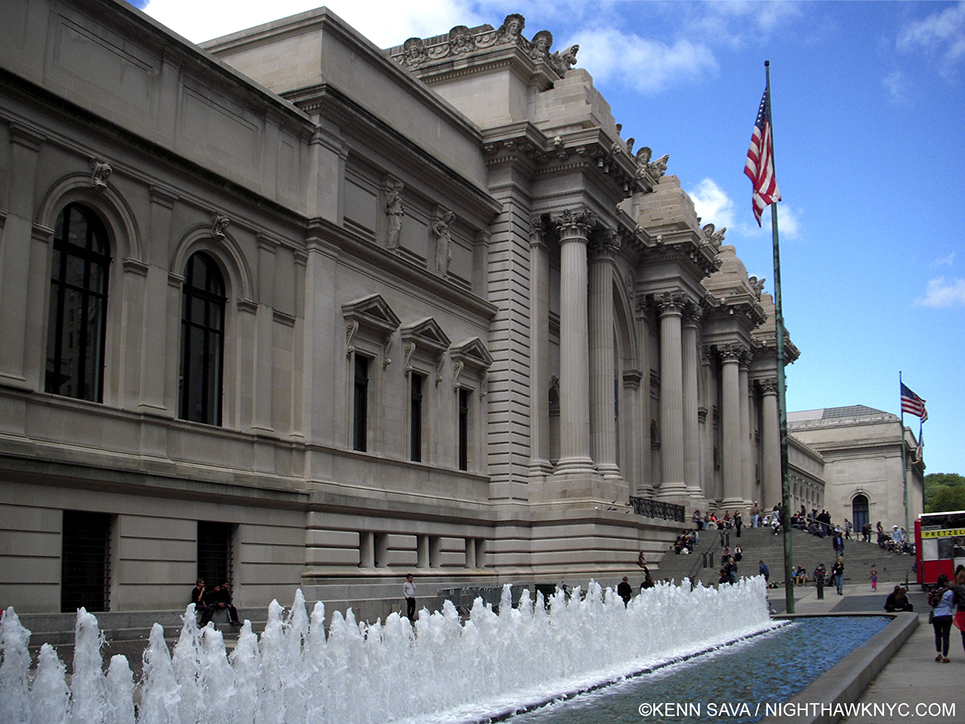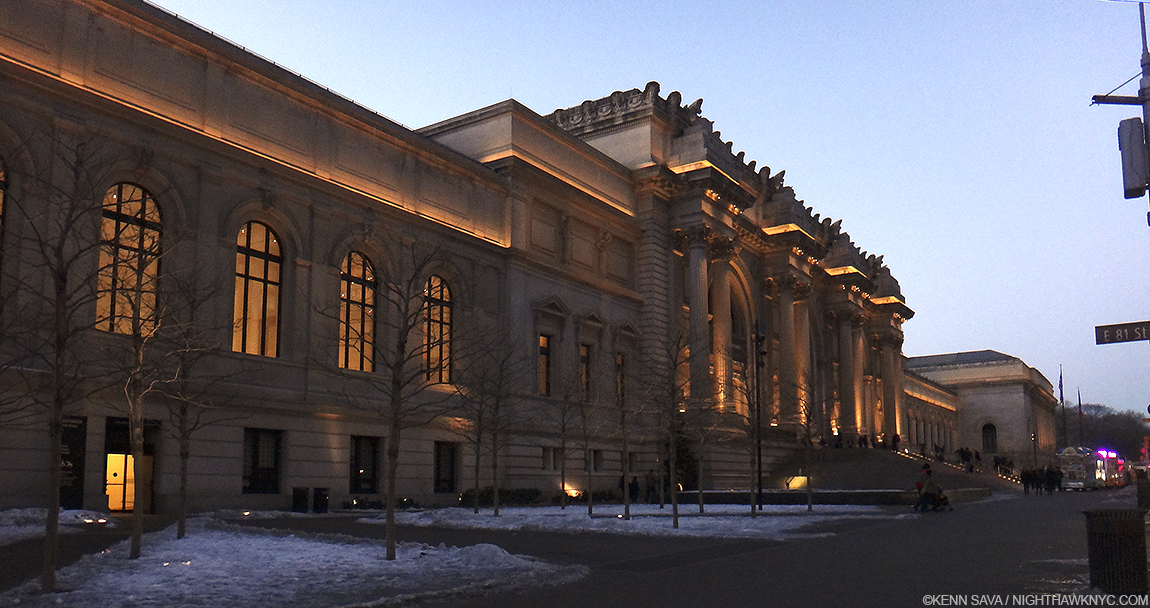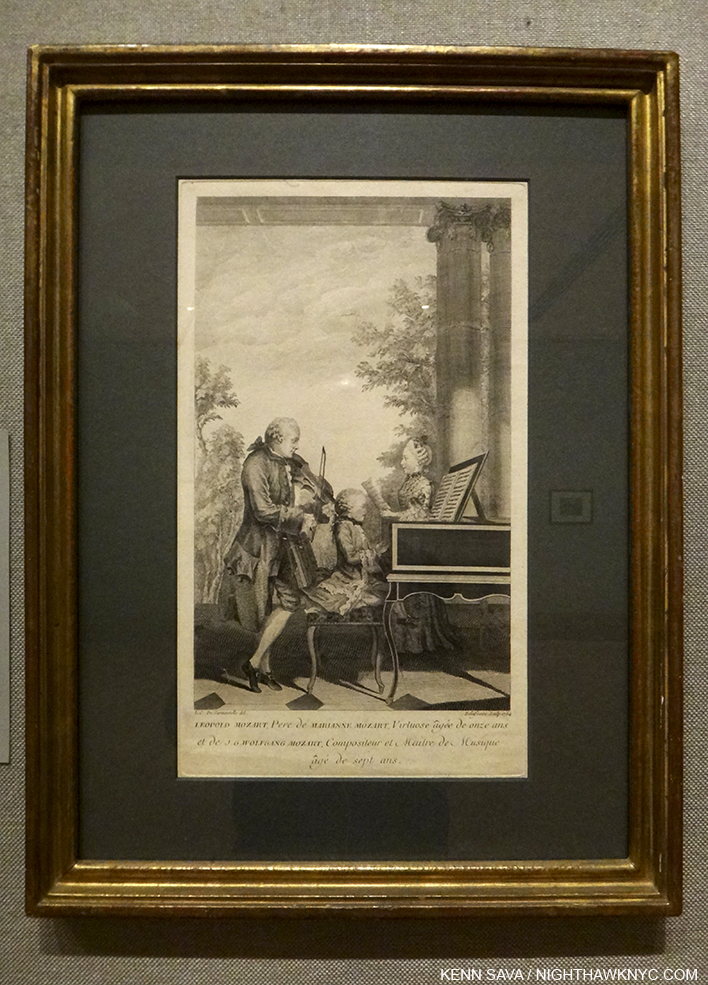This site is Free & Ad-Free! If you find this piece worthwhile, please donate via PayPal to support it & independent Art writing. You can also support it by buying Lps & CDs, Art & Art books from my collection! Details at the end. Thank you.
Written & Photographed by Kenn Sava.
It’s 2023. Do You Know What Your Remix Is?
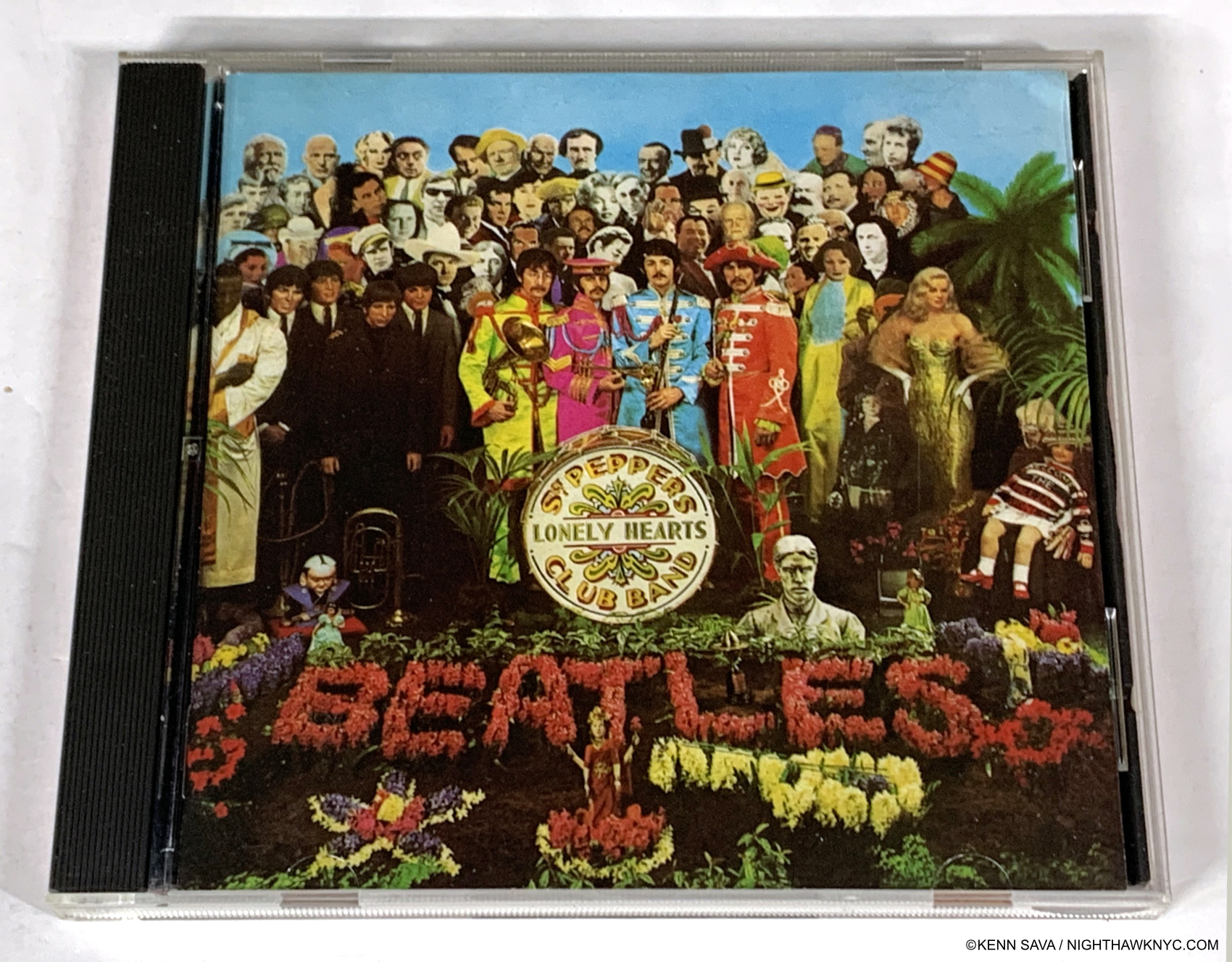
One of the monuments of modern western culture. An early Parlophone CD release (1987) of The Beatles Sgt. Pepper’s. At the moment, there are 1,099 DIFFERENT versions of Sgt. Pepper’s listed on Discogs. This one sells for about $5. If I wanted a CD version, this might be one I’d recommend. Why? Read on. Lps, CDs & DVDs shown are from my collection.
In my prior life as a musician and Music producer, as now, I have always respected the wishes of the Artist across whatever medium he, she or they worked in in the visual or aural Arts. Yet Artists, being human, have finite lives. Art, doesn’t. As time has gone on, a lot of Music has outlived its creators. But, new listeners, even new generations of them, are continually discovering Music of the recent or distant past. The record companies are then faced with a dilemma. Do they keep reissuing the exact recordings that were originally issued? Or, do they “update” the original recordings using the latest technology? This has turned out to be an age-old question over most of the past 100+ years of sound recordings. It’s big business for those who own the recordings and/or the rights to them. Imagine making a product once, then being able to re-sell it to people over, and over, and over, and over again.
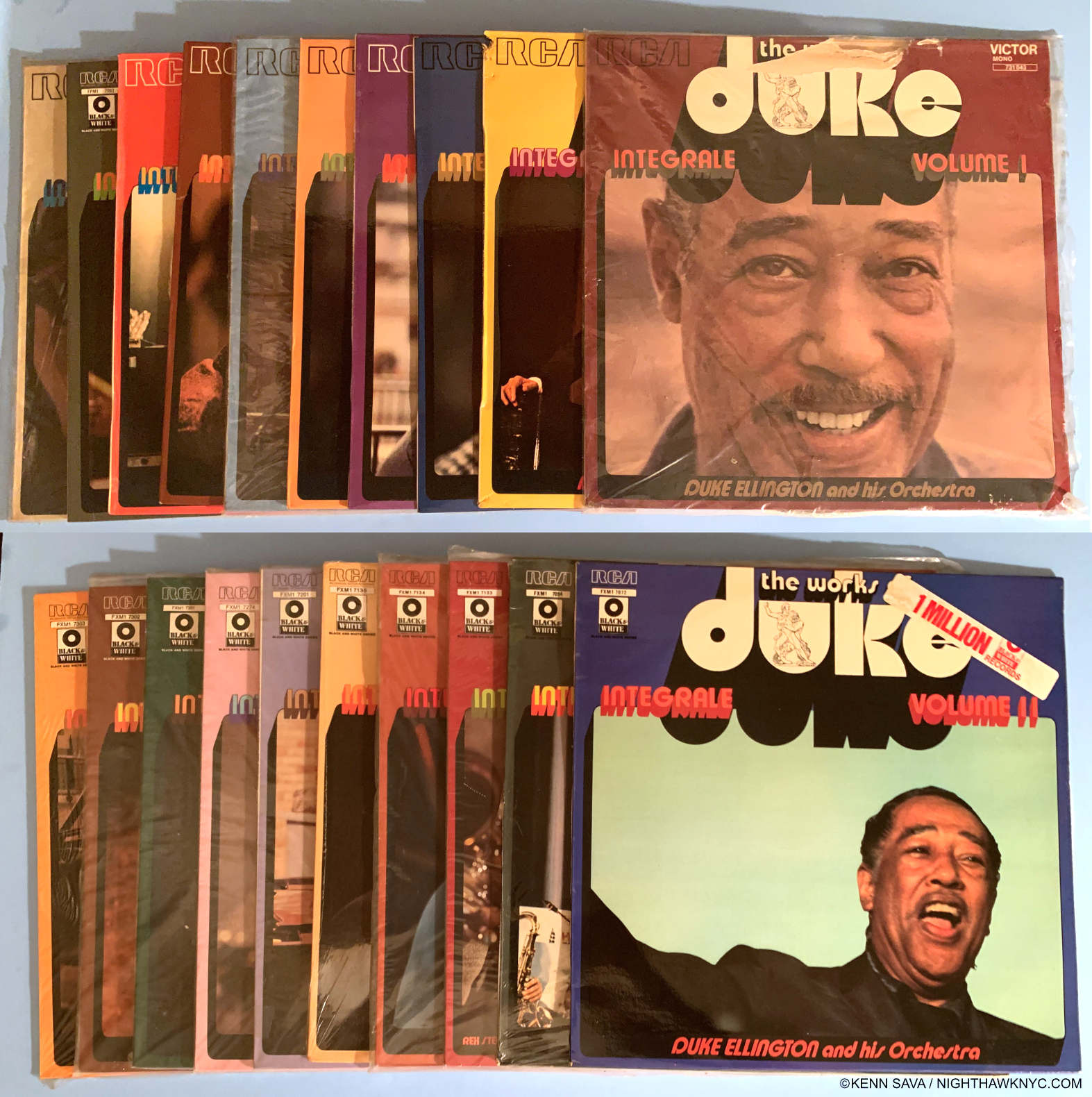
The immortal Duke Ellington began recording in the 1920s in mono, of course, stereo being invented in 1931, but adapted slowly after. RCA, Decca and Columbia recorded him early on. Here in the first 20 volumes of their The Complete Works of Duke Ellington Lps, RCA has reissued their recordings from 1927-1943 in mono pretty much untouched except for the covers and the Lp format. Leaving aside the dated cover art, I believe this is the right way to do it.
After the Artist hands in the master recording on whatever format (i.e. tape or audio file), the label then takes that, packages it and releases it. After an indefinite while, the label decides to repress or rerelease the record. Then, the questions begin. Represses of vinyl or compact disc albums usually involve minor changes- a different pressing plant, perhaps, etc. These changes that no one except the dedicated fan or collector would notice are usually only documented on Discogs.com and on fan and collector sites.
Up to 1948, all sound recordings were mono, meaning everything was recorded on one track. In 1949, guitarist Les Paul invented multi-track tape recording, “sound on sound,” he called it1. This opened up a gigantic world of possibilities that was brilliantly explored by The Beatles and their Producer, Sir George Martin, among others. The amount of tracks you had to record on grew from 1 to 2 to 4 to 8 to 16, and on and on, and so did the possibilities.
Today, everyone with Apple’s GarageBand app can have a whopping 256 tracks right at home! 48 tracks was the most I ever recorded on in my studio days, and even back in the early-mid 1990s, very few NYC recording studios had equipment to handle that many. After recording all the parts on to however many tracks, the Musician/Artist and their producer and engineer would “mix” the tracks together, adding equalization and effects, and placing each instrument within the aural space, to create the final sound of the piece. They would do this for every piece of Music to be released on an album. They would then make a 2-track stereo master tape of the finished album from start to end and hand that in to the record company as the finished, final product, to be manufactured and released to the public.
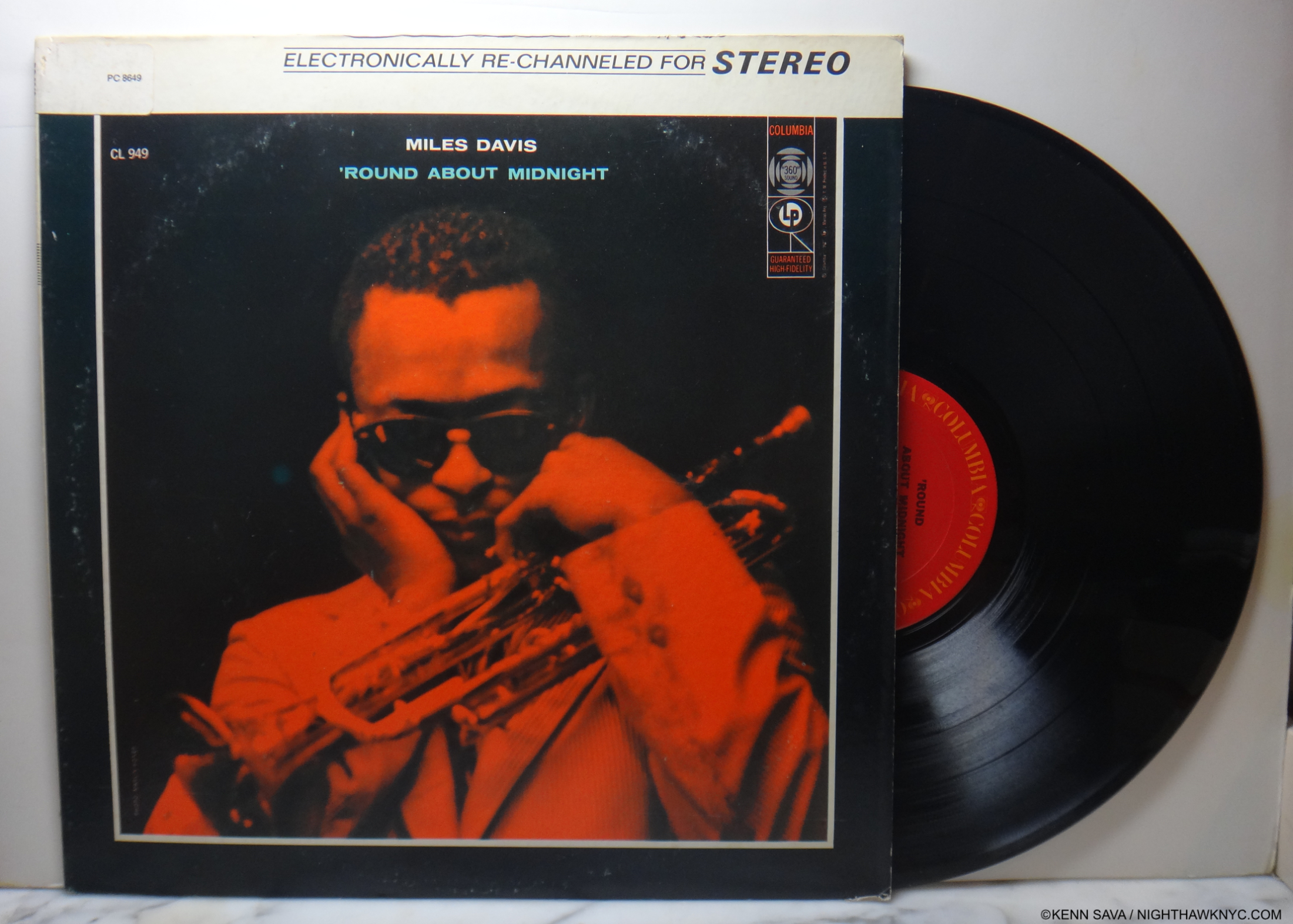
My copy of Miles Davis, Round About Midnight, Columbia CKS 8649, originally released in 1957, in the 1977 “Re-channeled for Stereo” reissue. More recently, Sony has begun to remix his immortal 1960s, and 70s albums that were originally recorded in stereo and produced by the legendary Teo Macero. Buyer beware!
When a record company decided to reissue an album, the changes to it may be small, or extensive. Some companies opted to reissue the original recordings, more or less the same, though there were caveats to that. Were they using the original materials- i.e. the original master tapes (in the tape era)? Or, were they working with a second, third, or fourth generation copy of the original?
As you move further and further away from the date of the original recording, tape begins to disintegrate. Copies had to be made. Uh oh! You’re then relying on the expertise of those making the copies doing a good job2 Later on, as stereo became all the rage, many earlier mono recordings were “electronically rechannelled” to mimic stereo, with varying results.
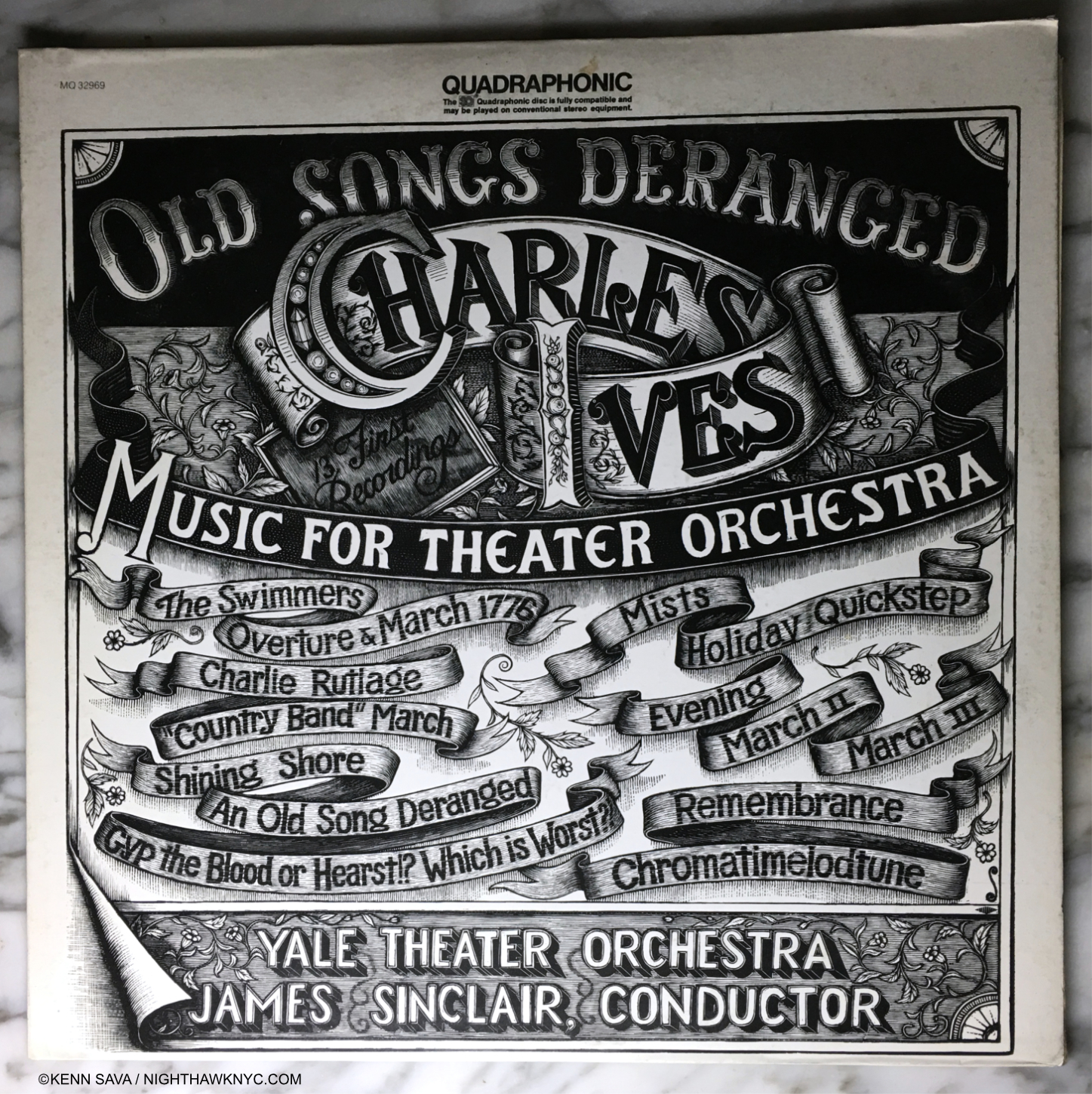
Charles Ives in Quad??? Wow, I’ve got to hear this! it turns out there are two types of Quadrophonic sound- both using 4 speakers arranged around the listener- Discreet, which featured different instruments coming from each speaker, and SQ, which this is, which artificially mixed the sound to mimic Quad, and “better suited” to be played on regular stereo equipment.
Next, it was quadrophonic sound, and some older recordings were, once again, processed to imitate quad, though they were originally recorded in stereo. More recently, there has been no shortage of technical innovations for the enterprising record companies to use as a reason (or excuse) to reissue older recordings. It’s gotten to the point that, according to Discogs.com, to date there are 1,099 versions of The Beatles’ Sgt. Pepper’s Lonely Hearts Club Band!
Roll over Beethoven. Tell Peter Ilich Tchaikovsky the news.
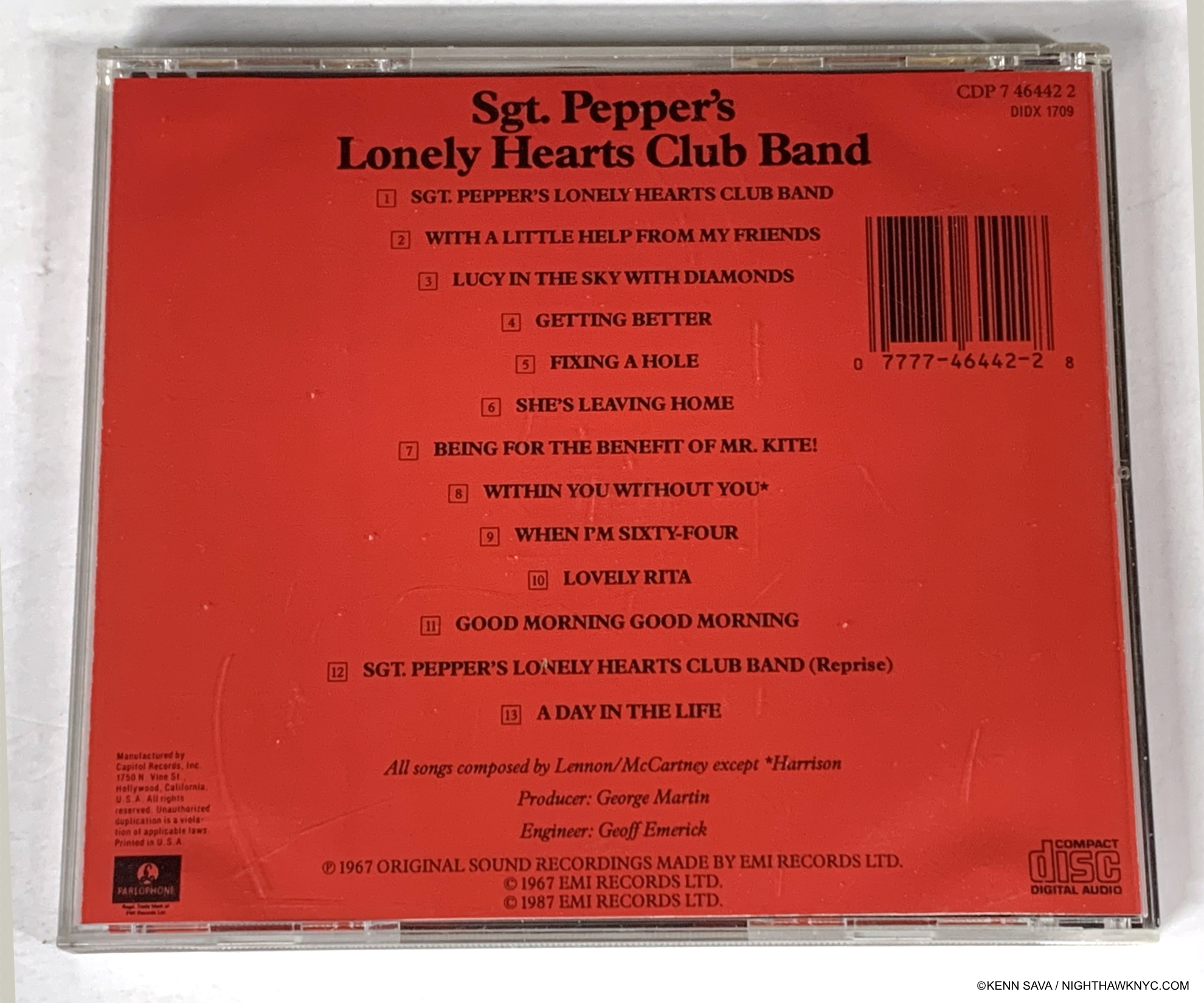
In my opinion, if you want to hear The Beatles records as THEY intended their Music to be heard go to the source. Get the original releases. Seen here on the verso of the Parlophone CD I showed up top the key information is lower center. Only Producer George Martin (who died in 2016) & Engineer Geoff Emerick (deceased in 2018) are listed in the technical credits. Meaning this CD was made from the master tape without someone else, who wasn’t involved in the original recording sessions, remixing them.
How many copies of it do you have? Why did you buy each of them? There are a heck of a lot of people out there who own more than one copy of Sgt. Pepper’s. And, probably, a heck of a lot of people who own more than one copy of other albums. Extra tracks, on many albums, and/or added documentation are a draw, in addition to so-called “technical improvements.”
What’s rarely mentioned in the rush to market the latest reissue is respecting the Artist’s wishes!
Recently, the record companies have started going back to the original multi-track master tapes and remixing them! Sometimes, reiusses are done under the direction, involvement, or at least the approval of the Artists. Other times, it’s hard to tell if that’s the case or not. As time goes on, fewer and fewer Artists or members of a group, may be living. Eventually, no one who was directly involved in the recording is left. Then what? There is big money at stake in the issuance of product by countless name Musicians or groups for the record companies. Of course, few bring in as much money as The Beatles, and given their enduring popularity, I used them as an example, but my thoughts apply to every recording Artist. Having been a musician, an independent record producer and a record aficionado for over a half century, a few things are clear to me- First, ONLY THE ARTIST knows what they want their Music to sound like. Everybody else who wasn’t involved in the original recording is guessing!
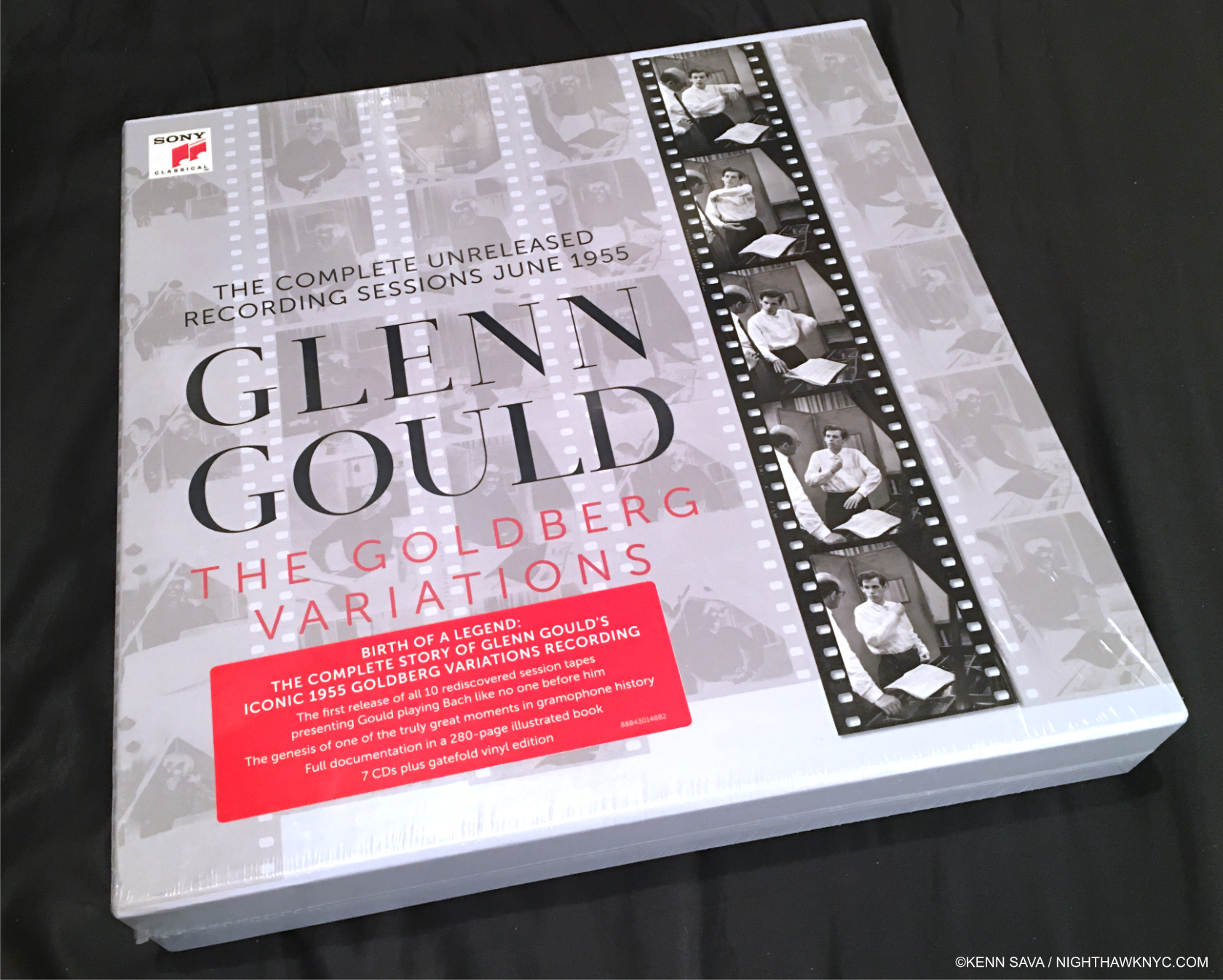
Rock and Jazz aren’t the only Music being rereleased of course. Here is a reissue one of the towering monuments of recorded Music- Glenn Gould’s 1955 recording of Bach’s The Goldberg Variations. His very first album. The 1955 recording was in mono, so much less to mess up here. Ironically, his final album was also Bach’s Goldberg Variations in 1981. The two performances are night and day different! If I could only have one album with me on a dessert island, it would be his 1981 recording. (Last year, Sony rereleased that album with all existing unreleased recordings in a box set to pair this with one, which I have not seen as yet.)
They may be making educated guesses, but they are guessing none the less. Artist’s ideas often evolve over time. Listen to both recordings of Glenn Gould performing Bach’s Goldberg Variations, for example, for proof. They are completely different. Who’s to say what Artist X would do in remixing an album he/she or they made 20 or more years ago? Basing a remix on what someone did before ignores this fact because NO ONE who is not the Artist knows for sure.
Second, when an Artist approves a Musicial “product,” that’s it. It’s finished. Done. The end of the story. It’s not subject to modification at some later date. How many Painters go back and alter a Painting years later? A few. maybe. Not most of them. But, someone else modifying a Painting greatly affects what it is, and opinions about it. It lessens that work in the eyes of Art historians! WHY isn’t that the case with Music remixed by others?
Glenn Gould was a perfectionist, in addition to being eccentric & unique. I’m left to wonder how he would have handled these reissues of his Goldberg Variations recordings, and IF he would have permitted the extra material, which was rejected in the first place, to be released at all! Surrounding his original masterpiece with 6 other CDs of rejected material may serve to diminish the effect and impression of the final album. The material should be preserved for historians, but releasing it to the public is highly questionable in my opinion.
Third, If someone who wasn’t part of the original recording remixes an album, it’s their vision of the Music, in my view. Their interpretation. If I want to hear The Beatles, I go to the original recordings they themselves made and were involved with producing and mixing (with Sir George Martin). Period.
I bet no Musical Artist working in the 1960s, say, was ever approached with the following questions- “Is it ok with you if, at some later date, we remix your Music?” “Is it ok with you if, at some later date, we “electronically modify” your Music?”
What do you think the answers would have been? “IF I’m involved in it, and personally approve the results,” might be the answer I would expect to hear most often. A LOT of time, work & care went onto getting things just right in making that original final mix and final master. To let someone else change it later? In my opinion, it’s outrageous.
The reasons that these questions aren’t foremost on the minds of most Music listeners is, first, the Artist’s name is on it. It’s easy to assume the Artist approved anything with their name on it. That’s increasingly becoming up for debate! Then, in my view, some are too busy worrying about things that, frankly, are not as important! Be it CD vs Vinyl, or the new 40th anniversary edition with extra tracks and a 200 page book, with new mixes by the son of someone who was involved on the original record. Even how “good” something recorded in 2022 sounds compared to something recorded in 1999, 1969, 1959 or 1929. (Yes. I don’t think that’s as important.) Meanwhile, the original version, the one the Artist’s created & approved slips into oblivion, only to be found in the hands of astute collectors who spend time and money seeking out the original version.
IS THIS WHAT IT’S COME TO?
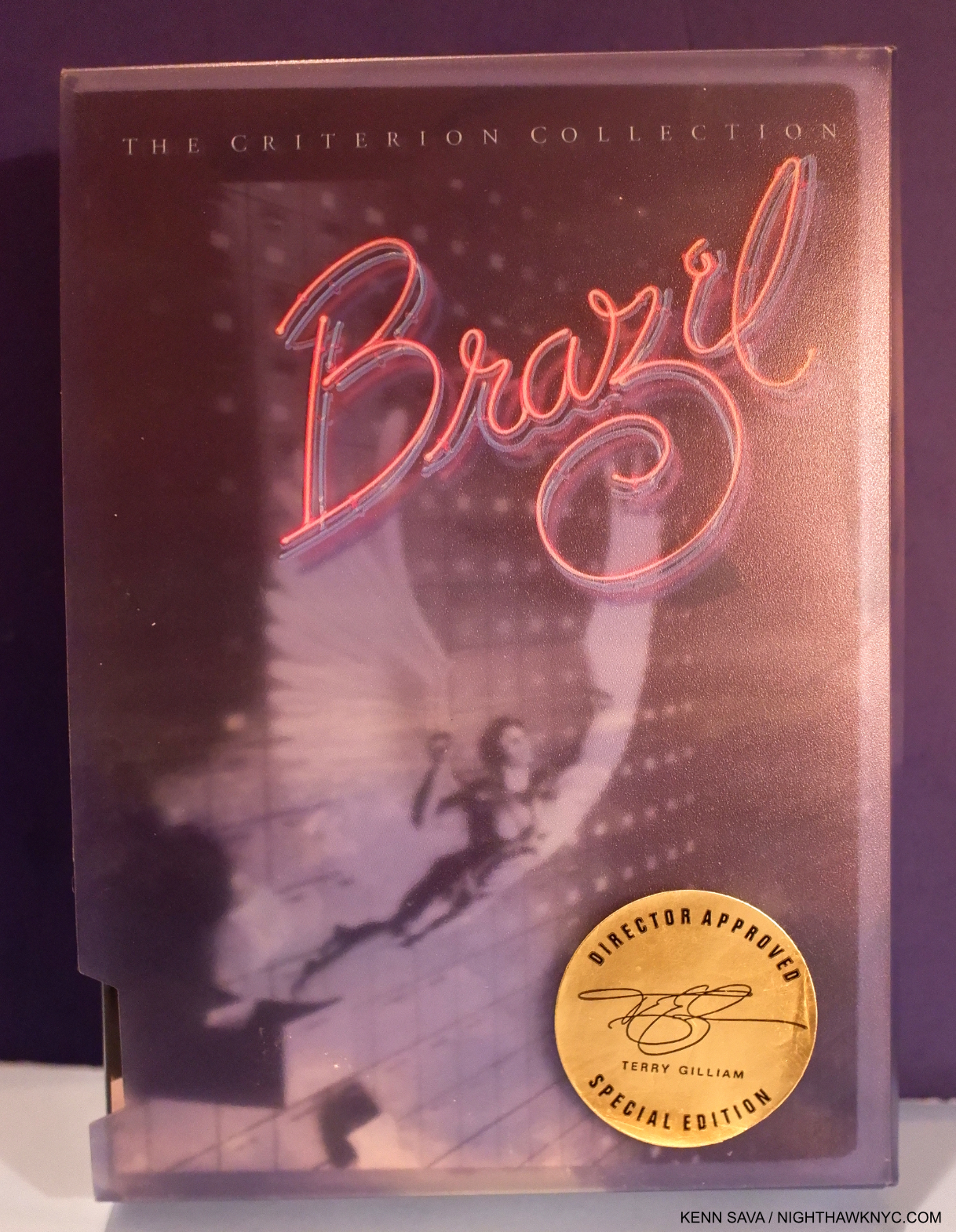
Terry Gilliam’s masterpiece, Brazil, in the Director Approved Special Edition DVD set from the Criterion Collection.
In books, 1st editions are the copies most valued. In Film, companies are issuing “Director Approved” versions and they receive the highest respect. This doesn’t always happen in Music. Why?
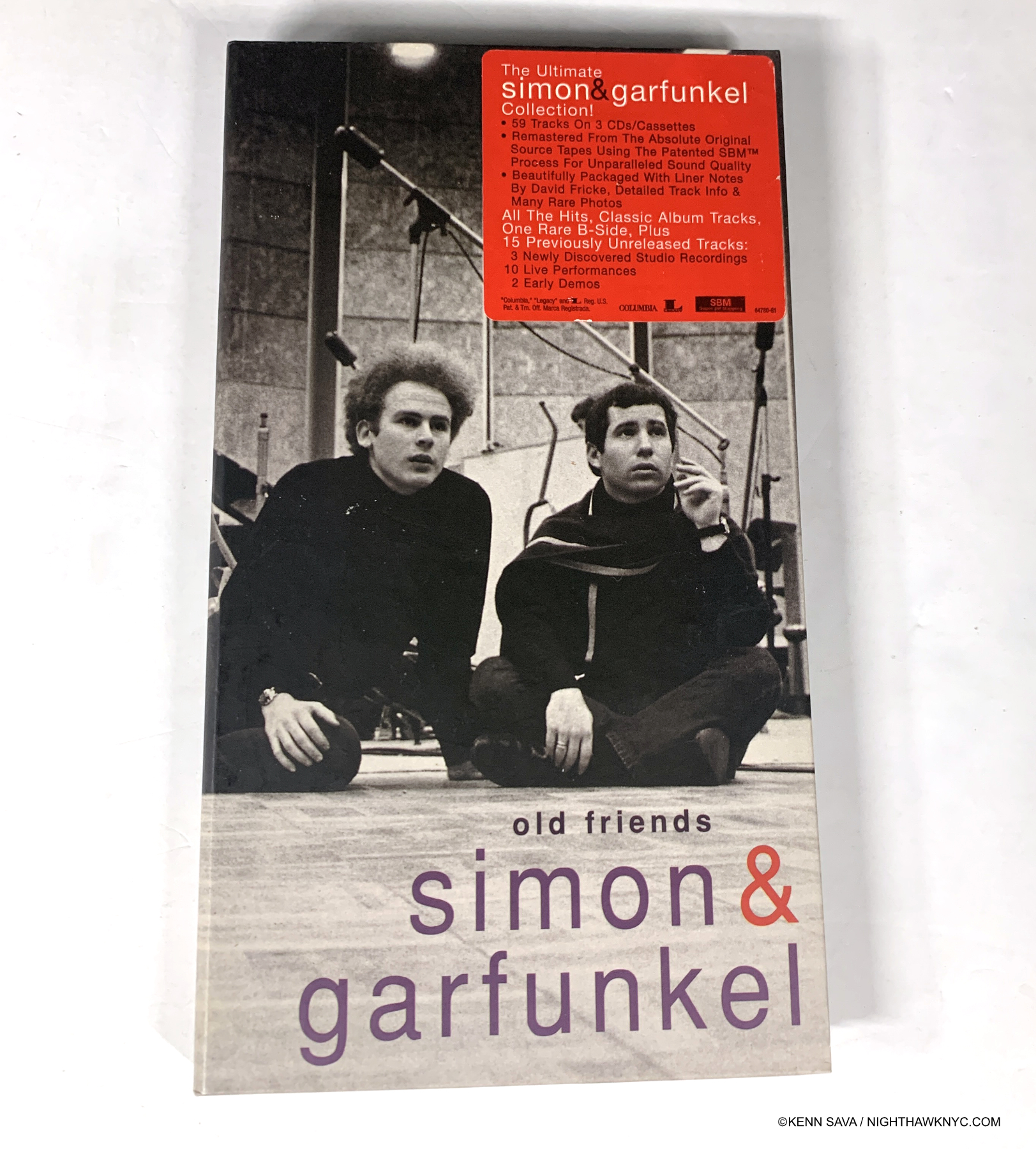
Simon & Garfunkel, Old Friends compilation and rerelease with extra tracks. I’m showing this without condemning or recommending it as an example of the difficulty the buyer faces in trying to understand just exactly what they’re buying.
When you buy an album, CD or digital album, look carefully at the fine print. You often have to look VERY long and hard to find out exactly who created the copy you hold in your hands. The Artist’s name may be on the front of it, but it’s the “other names” on the back, or inside who produced it and mixed it that are important, too, in my view. In 1995, I recorded a live Jazz quartet: alto sax doubling on flute, piano, bass and drums. When I shopped it to record labels, one very respected Jazz label (run by a Musician) offered me a considerable sum for it. On one condition. They wanted to replace the drummer. The drummer happened to be a “name” in Contemporary Jazz who won a Playboy Poll a few years earlier and had 11 solo albums out under his name. The Music was recorded in, basically, a one room studio with baffles set up to allow separation in the recording. The album was recorded live in the studio! The sax was in a separate booth, but there was still bleed from each instrument into the mics of the others. HOW was this label going to extract the existing drum track and substitute heaven knows whatever they had in mind? I refused out of hand. Frankly, it was the most ridiculous thing I ever heard! Their wanting to put “their stamp” on it was the only reason I could ever come up with. In the end, the label the drummer had been recording for subsequently picked up and released the album.
Now, I wonder…What will the record companies be re-releasing in 50 years? “New mixes by the son of the son of someone who knew a guy who was next door when they made the record?”
All the while, the most important thing is being lost. As time goes on, it becomes harder and harder to find those original mixes- the mixes the Artist’s created and/or personally approved. Pick an Artist. Now, look for their original recordings, on whatever format you prefer. If you are into “vintage vinyl,” it’s easier to find them. Most pop/rock records in the 1950s, 60s, 70s, and 1980s were initially released on vinyl. Look for the first release and you’re gold. If you listen to CDs, it begins to get tricky.
There was an initial outrage when CDs came out because many of them sounded inferior to the original vinyl release. They usually retained the original mixes because the remix fetish hadn’t taken hold yet, but they often used 2nd, 3rd, or 4th generation 2 track master tapes to produce the CD with, resulting in inferior products. Whatever format you’re buying, spend a moment to look for the technical credits. It should be spelled out somewhere in the liner notes or credits. You have to compare the credits side by side (or listen to them A-B) to know for sure.
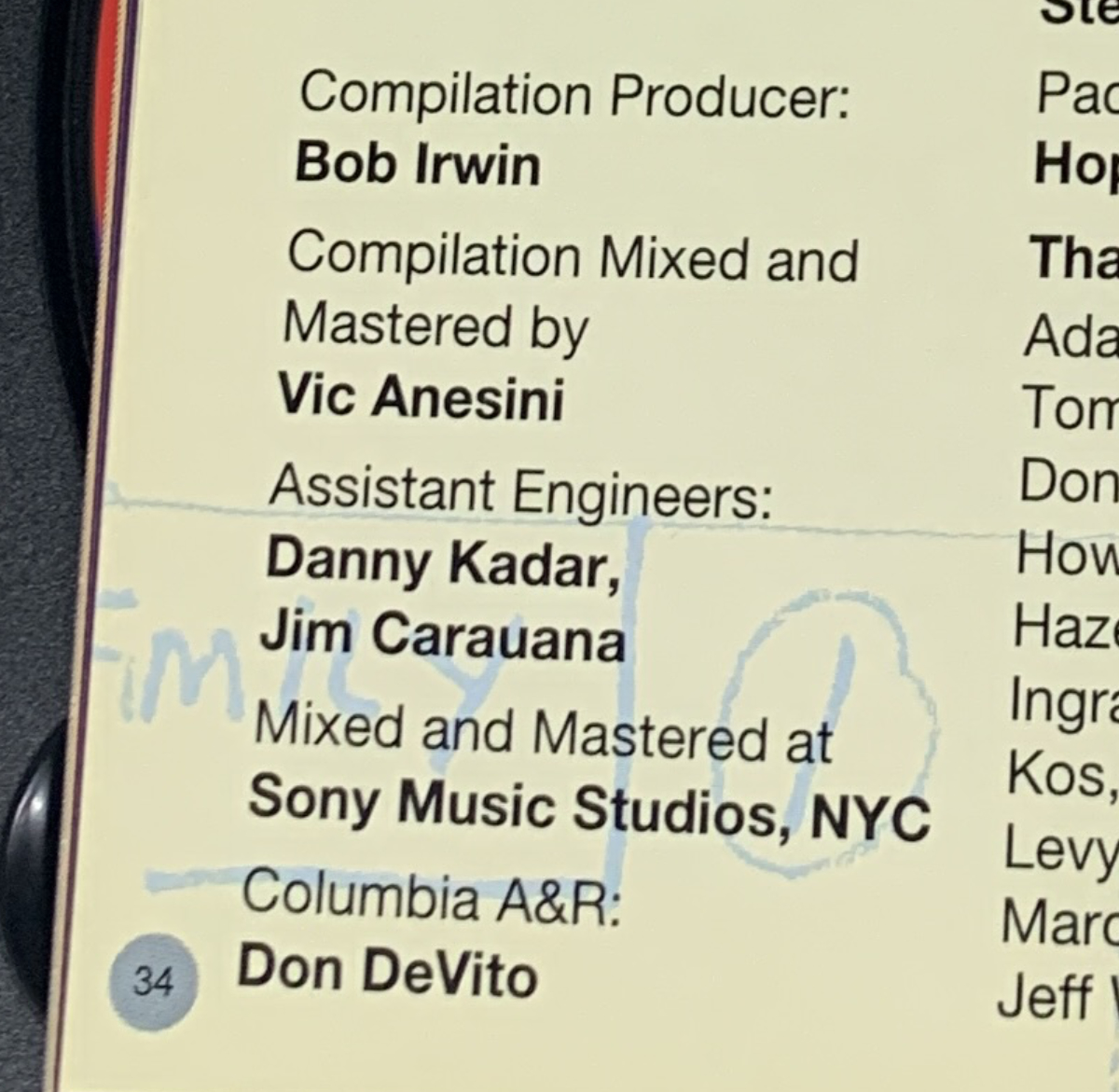
The fine print. Rerelease credits on Page 34 of the Old Friends Booklet. According to Discogs, Vic Anesini has been at Columbia Records since 1988. Simon & Garfunkel’s last studio album, Bridge Over Troubled Water, was released in 1970.
In my view, there is a lot to be said for finding the original mixes. Most importantly, THEY ARE WHAT THE ARTIST INTENDED WE HEAR! If you love that Artist, in my opinion, you should respect their wishes and seek out what they created.
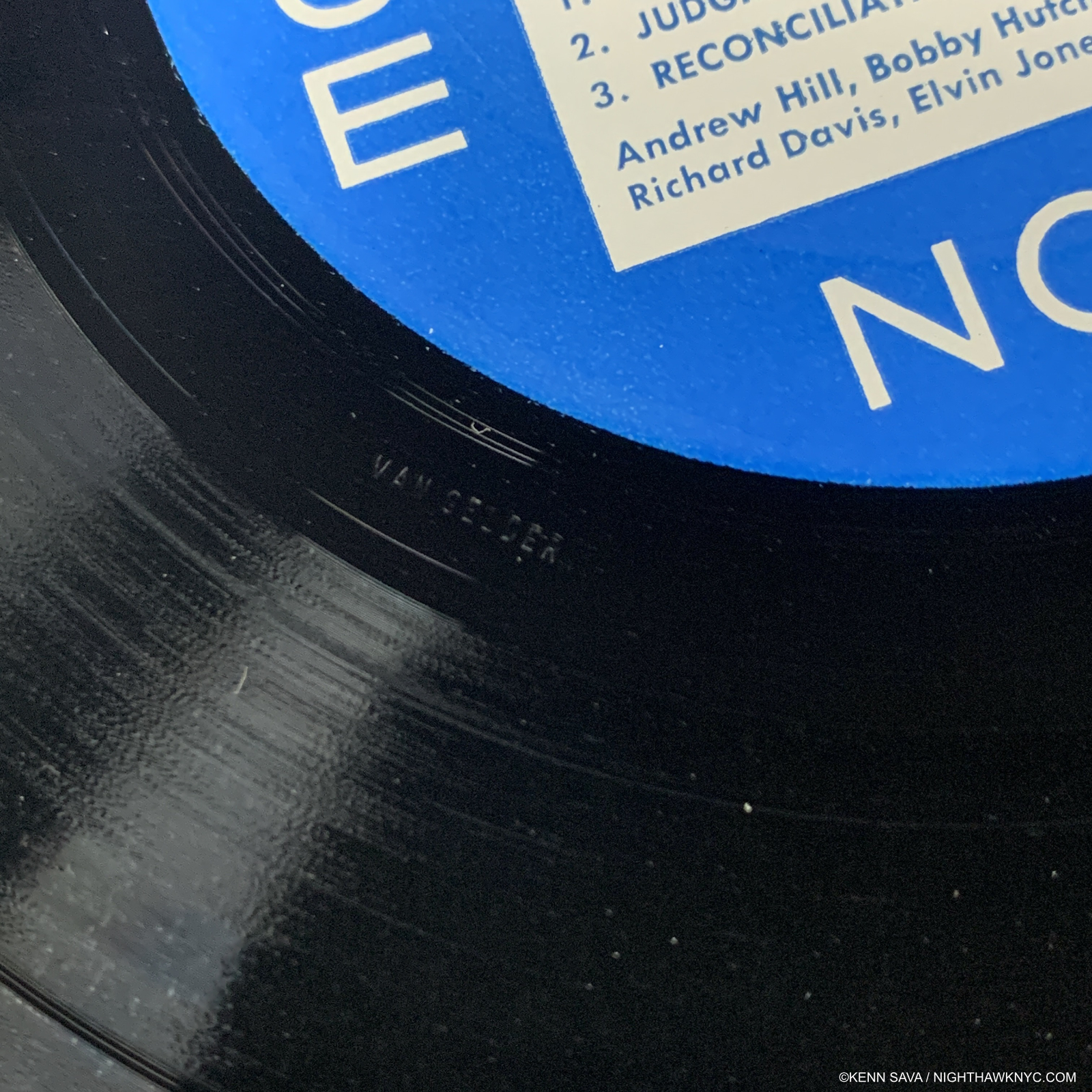
Legendary Blue Note Recording Engineer Rudy van Gelder was so involved in all steps of a record he often inscribed his name in the dead wax of Blue Note Lps as evidence of his involvement. He has done so here, on a copy of Andrew Hills’s classic album, Judgement. Many years ago I wrote to Mr. Van Gelder to see if I could work for him. He never replied.
Age is a fact of life. Every one and every thing gets older. Nothing stays new forever. Sooner or later every piece of Music ever recorded is going to sound “old” compared to the latest technology. The record companies are selling “new” in the face of this. With each passing day, every record ever made gets older. There’s nothing anyone can do about that. Listener priorities need to change. Technical limitations are not the point. Expensive audio equipment will make these recordings sound as good as possible, but they may pale alongside recordings made in 2023. Of course, recordings made today should sound “better,” but in all honesty, due to the mastery of the brilliant producers and engineers of the past, like Sir George Martin, Rudy van Gelder, or my Grammy Award winning friend, Engineer Benjamin J. Arrindell, they often don’t, at least to me.
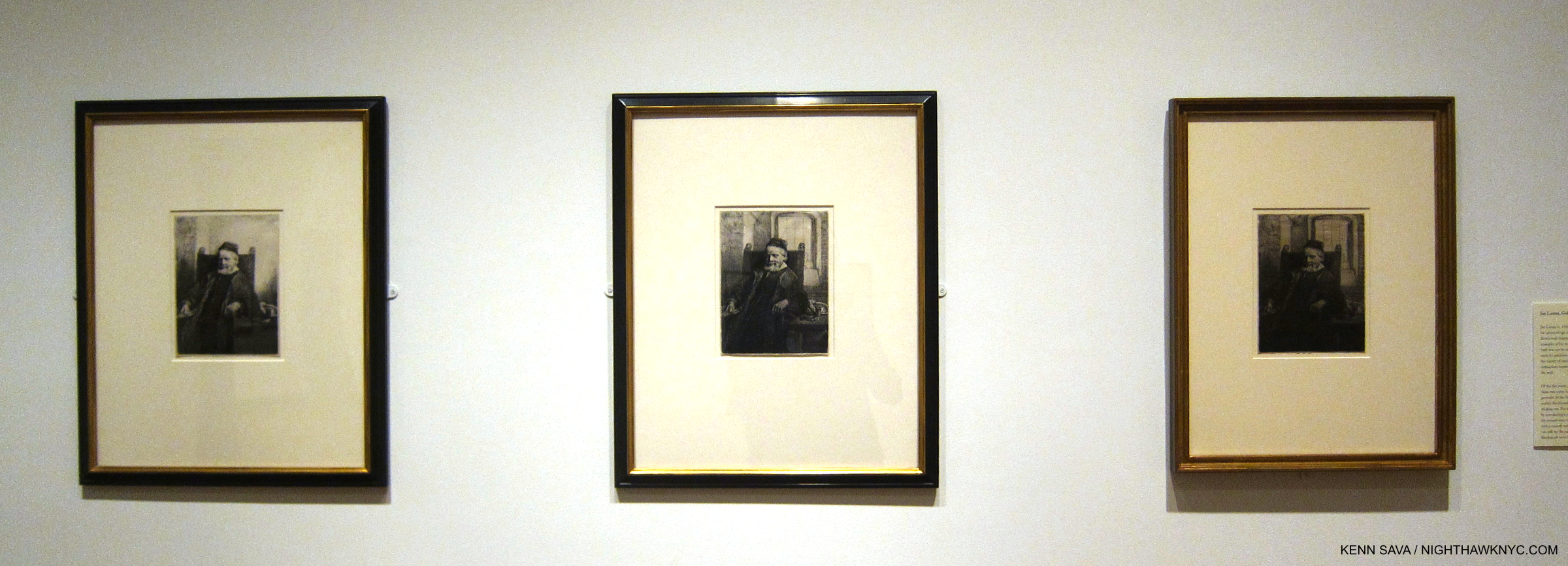
Three version of an etching by Rembrandt. Over time, he was fond of changing his Prints, as you can see here, particularly in the backgrounds. This also highlights an Artist’s changing view of his work over time! Rembrandt’s etching plates survived him and some are now in private hands, 350+ years after his death in 1669! Suffice it to say that prints made now from Rembrandt’s plates are not taken seriously by Art historians. I believe that once the dust settles and people assess what’s going on, the same will be true of remixed albums made by folks who had nothing to do with the original recording. Seen here shown in a darkened gallery to protect the light-sensitive Prints at Rembrandt’s Changing Impressions, in 2015 at Columbia University.
My concern is that these changes will start to erode the cultural legacy these Artists have created. How many pieces can you add to, say, Michelangelo’s David, before you diminish what it was? Even adding a fig leaf did that. Record companies are playing to the desire for “new releases” by Artists who may be long dead. I remember the day Jimi Hendrix died and, along with the towering loss of the man and his genius in his prime, the incredible sadness that there would be no more new Hendrix to go with the 3 studio albums he recorded and released by the time of his death. You wouldn’t know that from looking at his catalog now! A steady stream of releases have come out under his name ever since, and no doubt will for Prince, too. Personally, I’m not sure any of them have added to his stature. In my opinion, the release of material possibly already rejected for release by an Artist can serve to diminish their overall accomplishment.
It also brings up a bigger question- DID JIMI HENDRIX, or any Artist this has happened to, WANT THIS MATERIAL RELEASED TO THE PUBLIC?
So, LET THE BUYER BEWARE! There are many albums reissued each year. Every case is different and needs to be carefully assessed. For me, I’ll listen to the Artist approved recordings & mixes on the best equipment I can, and I’ll be perfectly happy with it because I’m listening for the Music. Everyone else can decide what their priorities are and make educated decisions accordingly.
“Industry rule number four-thousand-and-eighty; Record company people are shady So kids, watch your back ‘cause I think they smoke crack I don’t doubt it, look at how they act.”*
*- Soundtrack for this piece is “Check the Rhyme,” byPfife Dawg, Ali Shaheed Muhammad & Q-Tip of A Tribe Called Quest from their classic album, The Low End Theory, 1991.
I’m pleased to announce that you can support NighthawkNYC by buying Lps and CDs from my personal collection 40 years in the making! Mostly Jazz Lps are listed here. Mostly CDs of all types of Music are listed here. Art books & Fine Art from my collection may be seen here. NighthawkNYC.com has been entirely self-funded & ad-free for over 7 years, during which over 275 full length pieces have been published! If you’ve found it worthwhile, PLEASE donate to allow me to continue below. Thank you, Kenn.
Written & photographed by Kenn Sava for nighthawknyc.com unless otherwise credited. To send comments, thoughts, feedback or propositions click here. Click the white box on the upper right for the archives or to search them. Subscribe to be notified of new Posts below. Your information will be used for no other purpose.
- He had been experimenting with multi-track recording using discs in the 1930s. ↩
- More recently, in the digital era, this is less of an issue, but it still is one. Digital copies are supposed to be exact copies. People assume the digital master copy, which won’t disintegrate but it is subject to shortcomings of its own, was made from the original master tape. In many cases in the CD era, it has come to light later that in the rush to market it wasn’t. ↩

